What remains when we forget
Julien Carreyn’s photographic objects
Julien Carreyn’s work is a balancing act between what is known and what remains to be imagined. By developing an artistic practice that often makes use of instant photographs, he seeks to grasp fleeting moments before they become memories. Far from being echoes from the past, the appealing small-format photographic objects which he creates inhabit the present, occupying it physically through their material and tactile composition. They are the scratched-out trace of a moment that will be forgotten.
For this exhibition at the Galerie Crèvecoeur in Paris, the artist is presenting a selection of pieces produced with Fuji Instax instant photos, formatted 6.2 × 4.6 cm. Urban gardens, domestic and public spaces, nude or clothed human presences, as miniatures, are deployed discreetly in the exhibition space. This succession of scenes unfolds as naturally as how the photos were taken, revealing Julien Carreyn’s ‘behaviourist’ practice, which grasps subjects as they appear, rooted in their normality. And yet, an attentive eye will immediately perceive that not only have the compositions sometimes been carefully staged, but also that any attempt to tell a story linking these images together would be in vain. An appealing opacity brings Carreyn’s work close and also distances it.
In this respect, his Instax snaps, unique in their ambiguity and their density (of information and materials), sum up the dichotomic nature of his explorations: on the one hand, the apparent familiarity of instant photographs, on the other the evocative and mysterious power of the subjects. When face-to-face with Carreyn’s work, just when we think we have understood the tension that underpins the images, it eludes us, just as the ‘figure in the carpet’ eluded the hero of the short story of the same name by Henry James. And it is no coincidence if this little masterpiece is a fundamental reference for the artist.
Julien Carreyn is a Parisian, he lives on the Butte Montmartre, a neighbourhood built on former quarries, and which teems with squares and enclosed parks, carefully fashioned by humankind. Fascinated by the defined perimeters of urban gardens, by the form that people have methodically decided to give to the nature that surrounds them, the artist encloses, in a few centimetres of an Instax photosensitive surface, urban gardens that are empty or lightly inhabited by absent, silent and distant figures. As an urban artist, while his Instax snaps are marked by strolling and by gardens, the intimate, domestic space is still present. The selection of pieces presented in this exhibition suggests a porosity between the outside and the inside: Parisian gardens and domestic interiors are bathed in the same light, trivial everyday moments, bookcases, dreams and the artist’s mental universe are deployed at the same register in the exhibition space.
Julien Carreyn is sensitive to involuntary behaviours and random situations: by chance the subjects who inhabit his photographs are there in a given place at a given time for reasons derived from their own existences; but their stories or psychology are in no way taken into consideration by the artist. On the contrary, the characters, sometimes from his entourage, sometimes models, produce a situation through their presence in the space. Communications between these subjects seem to have interrupted. The nudes and the models (doesn’t the choice of a model increase the feeling of distance?) emerge only partially from the chemical matter of the photographs, enveloped in long shadows and vivid contrasts which evoke an underlying incommunicability, like characters in Michelangelo Antonioni’s films. On looking at Julien Carreyn’s Instax images, it is hard not to think of Alain Delon and Monica Vitti walking side by side, but also distant from each other, during one metaphysical morning in the north of Rome.
Julien Carreyn trained in drawing and publishing, and his photographic practice is not without a material approach to photography, a medium which the artist exploits while pushing back its frontiers. Blotches, the running of chemical agents, errors, the exploitation of the instant photos’ white borders, “failed” shots, all contribute to a body of work which can be described as photographic objects. If this imposing presence of matter gives the work a feeling of familiarity, it also contributes to heightening its more mysterious side, thanks to the use of technical effects that deform photographs, sometimes making them unknowable. We thus return to the patina of mystery that surrounds Carreyn’s work. The term ‘patina’ is all the more appropriate if we linger over the pink filter that characterises all the photographs in this series. The play of balance between what has been presented as knowable, and what remains to be imagined, can be explained by the pink filter which the artist interposes between the subject and the spectator. This layer of matter is an integral part of each Instax, as extrapolated by Carreyn in his manipulation of objects. On the one hand, this layer creates a feeling of softness and familiarity (as though recognising a Kodachrome from the 1970s, which has turned pink after being abandoned in a drawer) while on the other, it stands as a genuine physical barrier. This distance between the subject and the spectator results from a studio practice which nourishes the obstinate observer’s curiosity, incapable of identifying the - miniature – figure in Julien Carreyn’s carpet.
Interviews in Paris, September 2022 and March 2023 — Chiara Agradi
Bibliography and essential filmography:
Clément Chéroux, Fautographie. Petite histoire de l’erreur photographique, Crisnée (Belgique), Yellow Now, 2003
Henry James, Le motif dans le tapis, Babel, Actes Sud, 2009
Michelangelo Antonioni, L’eclipse, 1962
Julien Carreyn
5 & 7 rue de Beaune, Paris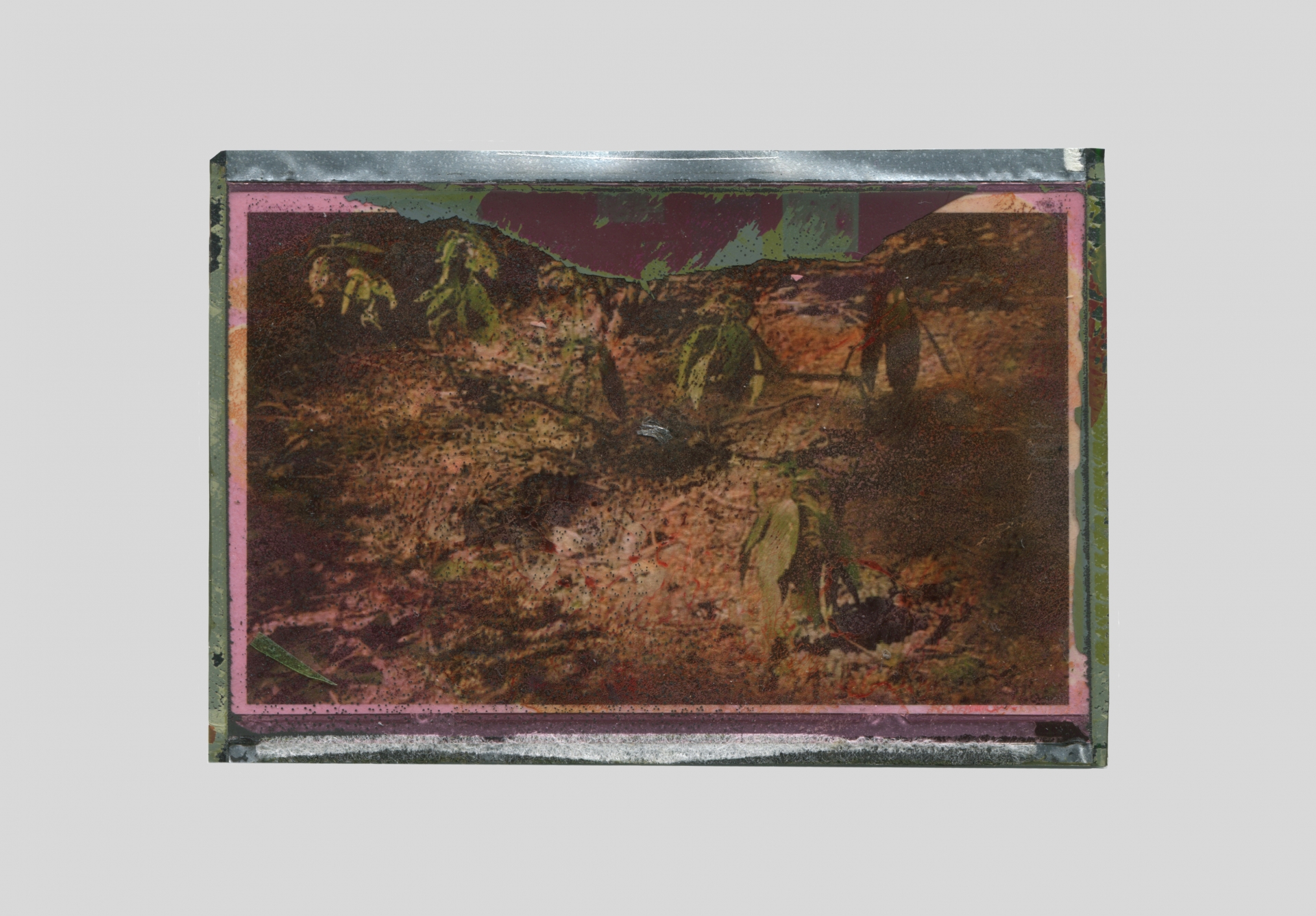
Ce qu’il reste quand on oublie
Les objets photographiques de Julien Carreyn
L’œuvre de Julien Carreyn est un exercice d’équilibre entre ce qui est connu et ce qui reste à imaginer. Développant une pratique artistique qui fait souvent recours à la photographie instantanée, il cherche à saisir des instants fugaces avant qu’ils ne deviennent des souvenirs. Loin d’être des échos du passé, les séduisants objets photographiques de petit format qu’il crée habitent le présent, l’occupent physiquement par leur composante matérielle et tactile. Ils sont la trace grattée d’un moment qui sera oublié.
Dans le cadre de cette exposition à la galerie Crèvecoeur à Paris, l’artiste présente une sélection d’œuvres réalisées à partir de photographies instantanées Fuji Instax au format 6,2 × 4,6 cm. Jardins urbains, espaces domestiques et publiques, présences humaines, nues et habillées, en miniature, se déploient discrètement dans l’espace d’exposition. Cette succession de scènes se déroule aussi naturellement que les photos ont été prises, révélant la pratique ‘behavioriste’ de Julien Carreyn, qui saisit les sujets tels qu’ils apparaissent, ancrés dans leur normalité. Pourtant, un œil attentif perçoit immédiatement que non seulement les compositions sont parfois soigneusement mises en scène, mais que toute tentative de raconter une histoire reliant ces images entre elles s’avère vaine. Une opacité séduisante rapproche et éloigne des œuvres de Carreyn.
À cet égard, ses Instax, uniques par leur ambiguïté et par leur densité (d’information et de matière), résument la nature dichotomique de sa recherche : d’une part, l’apparente familiarité de la photographie instantanée, d’autre part le pouvoir évocateur et mystérieux des sujets. Lorsque l’on se confronte à l’œuvre de Carreyn, au moment où l’on pense avoir compris la tension qui sous-entend ses images, celle-ci nous échappe, tout comme le ‘motif du tapis’ a échappé au protagoniste de la nouvelle éponyme de Henry James. Et ce n’est pas un hasard si ce petit chef d’œuvre est une référence fondamentale pour l’artiste.
Julien Carreyn est parisien, il habite la butte Montmartre, un quartier qui s’érige sur des anciennes carrières et qui fourmille de squares et d’espaces verts clos, soigneusement façonnés par l’homme. Fasciné par le périmètre défini des jardins urbains, par la forme que l’homme a méthodiquement décidé de donner à la nature qui l’entoure, l’artiste enferme dans les quelques centimètres de surface photosensible de l’Instax des jardins urbains vides ou peu peuplés de figures absentes, silencieuses et lointaines. Artiste urbain, si ses Instax sont jonchées de flânerie et de jardins, l’espace intime et domestique, n’en est pas moins présent. La sélection d’œuvres présentées dans cette exposition, suggère une porosité entre l’extérieur et l’intérieur : jardins parisiens et intérieurs domestiques sont baignés de la même lumière, les moments triviaux du quotidien, les bibliothèques, les rêves et l’univers mental de l’artiste se déploient avec le même registre dans l’espace d’exposition.
Julien Carreyn est sensible aux comportements involontaires et aux situations aléatoires : les sujets qui peuplent ses photographies se trouvent dans un lieu donné à un moment donné pour des raisons immanentes à l’existence ; leurs histoires, leur psychologie, ne sont en aucun cas prises en compte par l’artiste. Au contraire, les personnages, parfois ses proches, parfois des modèles, produisent une situation par leur présence dans l’espace. La communication entre ces sujets semble interrompue. Les nus et les modèles (le choix d’un modèle n’augmente-t-il pas le sentiment de distance ?) n’émergent que partiellement de la matière chimique de la photographie, enveloppés par de longues ombres et de forts contrastes qui évoquent une incommunicabilité sous-jacente, rappelant les personnages des films de Michelangelo Antonioni. En regardant les Instax de Julien Carreyn, il est difficile de ne pas penser à Alain Delon et Monica Vitti marchant l’un près de l’autre mais loin l’un de l’autre, un matin métaphysique au nord de Rome.
Julien Carreyn s’est formé au dessin et à l’édition, et sa pratique photographique ne va pas sans une approche matérielle de la photographie, médium que l’artiste exploite en en repoussant les limites. Taches, coulures d’agents chimiques, erreurs, exploitation du cadre blanc des instantanés, clichés «ratés», contribuent à un corpus d’œuvres que l’on peut qualifier d’objets photographiques. Si cette présence imposante de la matière donne un sentiment de familiarité à l’œuvre, elle contribue également à souligner son côté plus mystérieux, grâce à l’utilisation d’expédients techniques qui déforment la photographie, la rendant parfois méconnaissable. On revient donc sur la patine de mystère qui entoure l’œuvre de Carreyn. Le terme de patine est d’autant plus approprié si l’on s’arrête sur le filtre rose qui caractérise chaque photographie de cette série. Le jeu d’équilibre entre ce qui est donné à connaître et ce qui reste à imaginer s’explique dans le filtre rose que l’artiste interpose entre le sujet et le spectateur. Cette couche de matière fait partie intégrante de l’Instax, extrapolée par Carreyn par le moyen d’une manipulation de l’objet. D’une part, cette couche donne un sentiment de douceur et familiarité (on pourrait reconnaitre un Kodachrome des années 1970, mal rangé dans un tiroir et devenu rose) mais d’autre part, elle constitue une véritable barrière physique. Cette distance entre le sujet et le spectateur est le résultat d’une pratique d’atelier qui nourrit la curiosité de l’observateur obstiné, qui ne pourra pas retrouver le motif des tapis - en miniature - de Julien Carreyn.
Propos recueillis à Paris, septembre 2022 et mars 2023 — Chiara Agradi
Bibliographie et filmographie essentielle:
Clément Chéroux, Fautographie. Petite histoire de l’erreur photographique, Crisnée (Belgique), Yellow Now, 2003
Henry James, Le motif dans le tapis, Babel, Actes Sud, 2009
Michelangelo Antonioni, L’eclipse, 1962

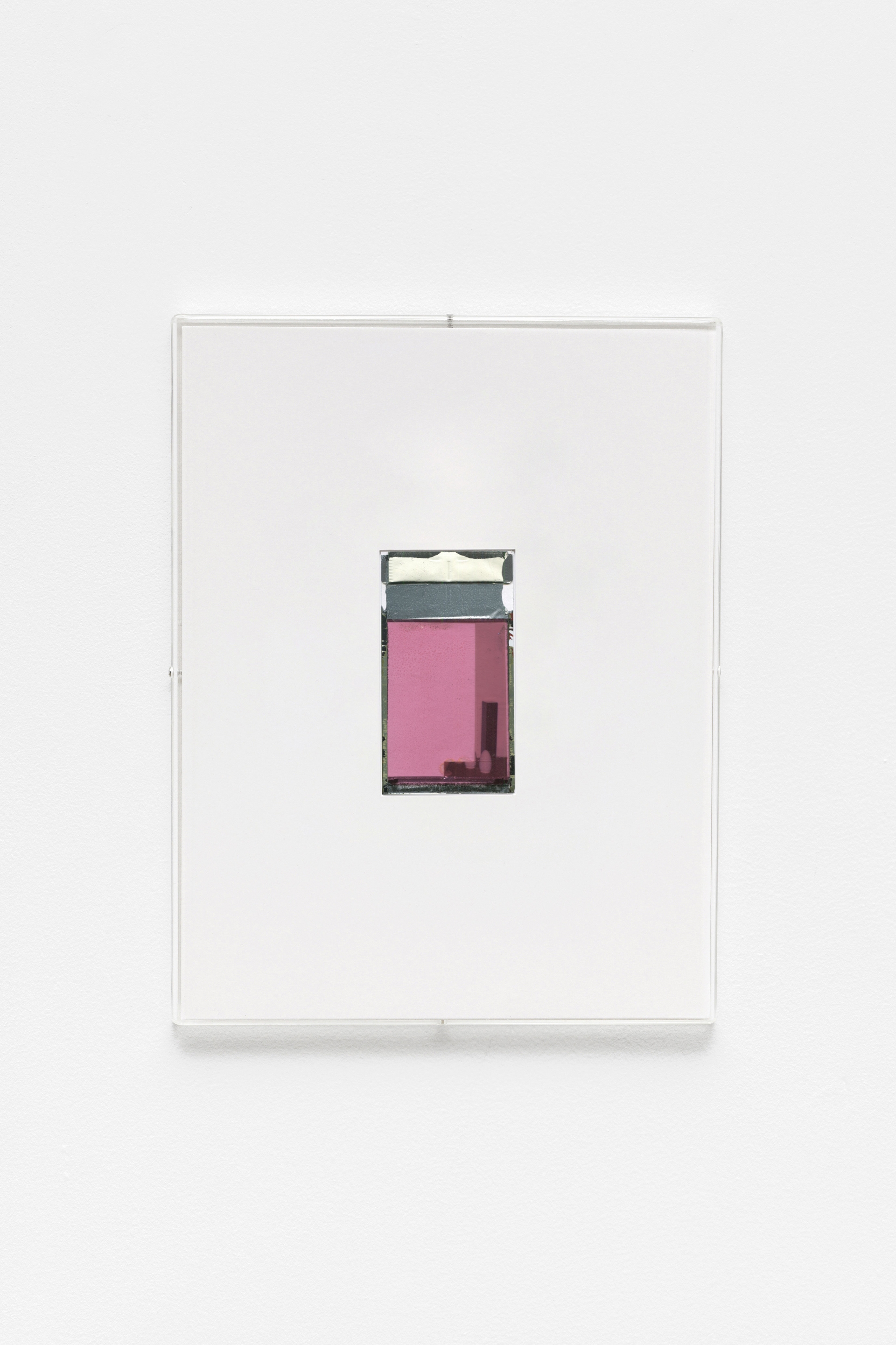
Julien Carreyn, ii (150), 2023, mixed media, perspex artist frame, 9,8 × 5,3 cm (28,5 × 22 cm framed)
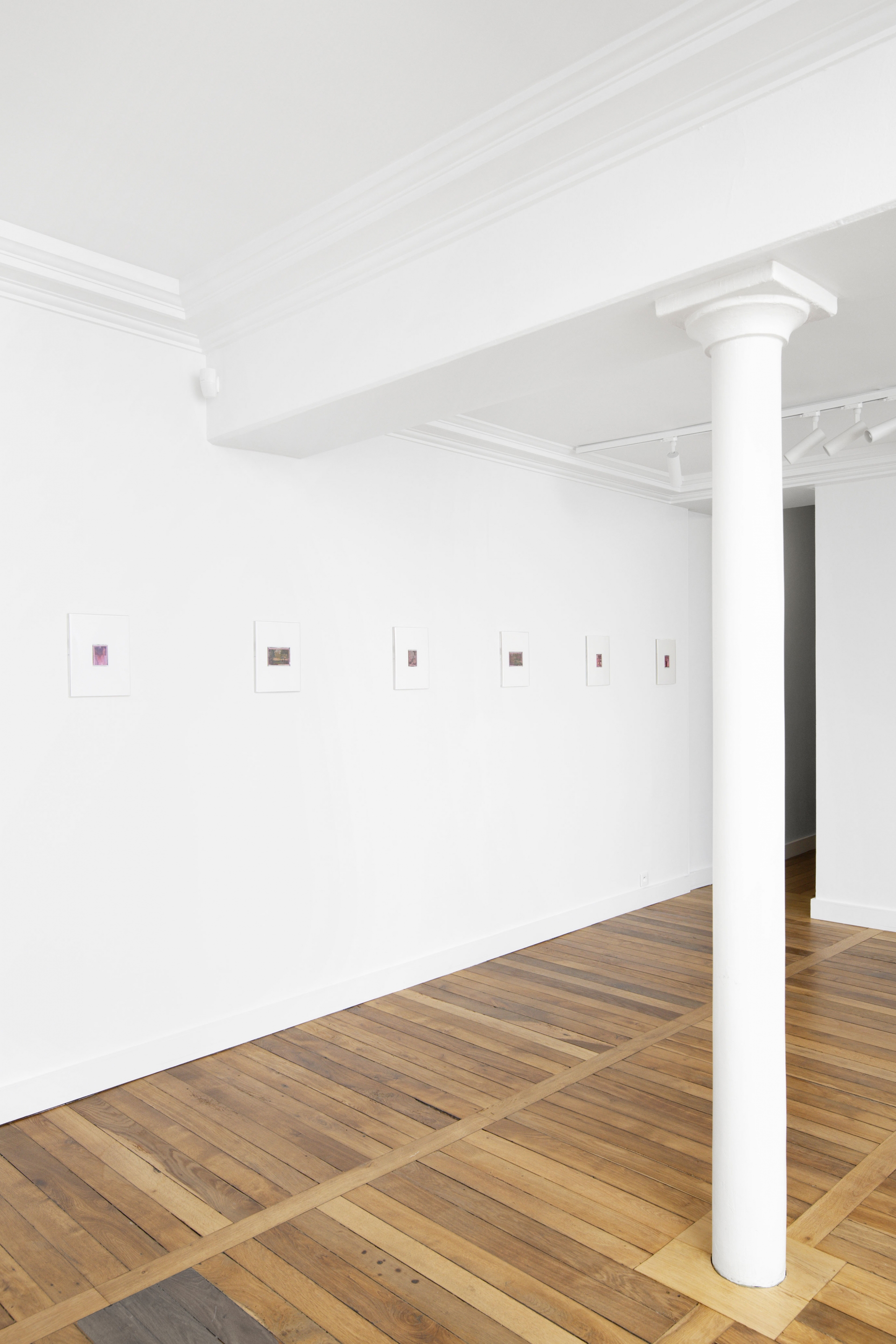
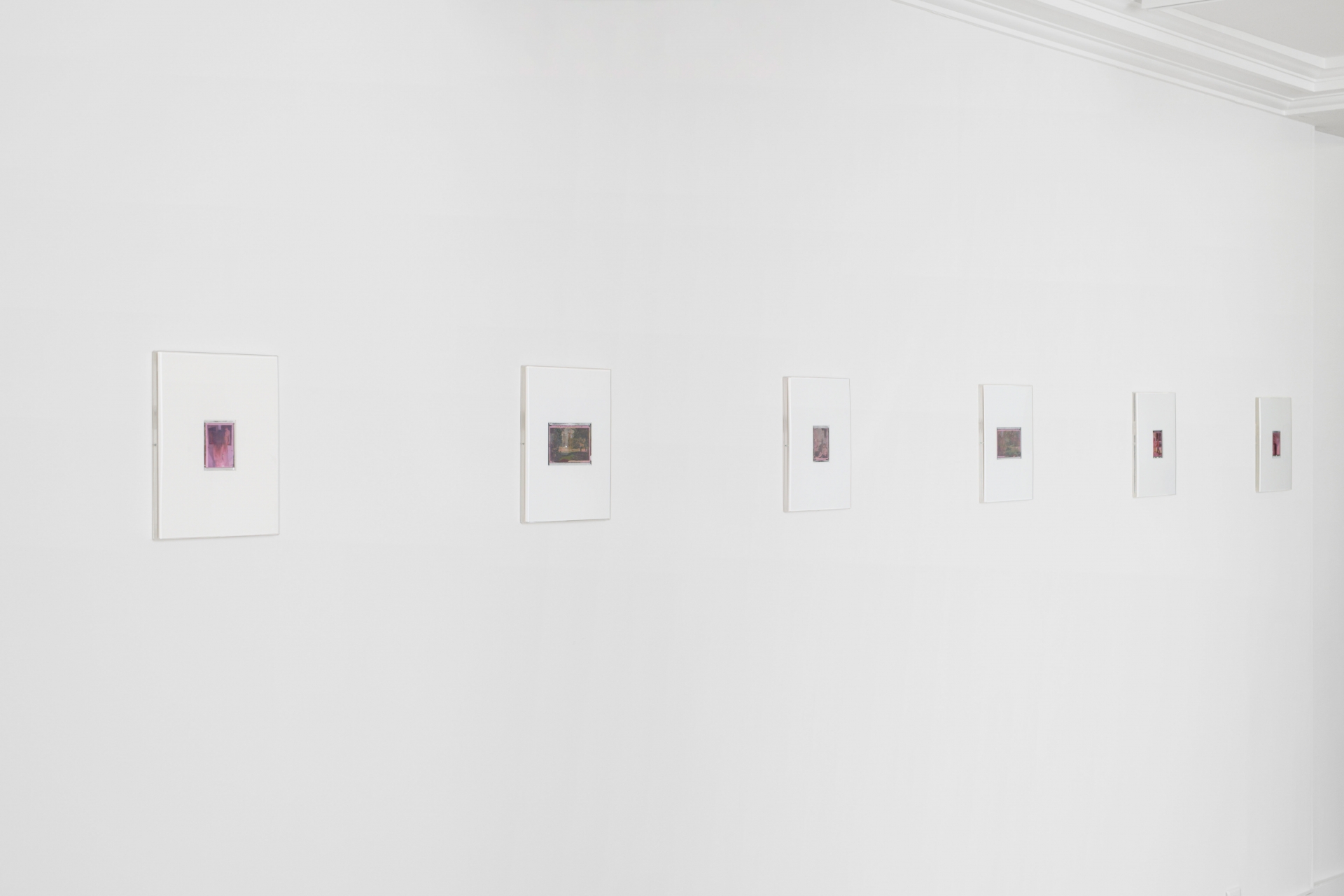
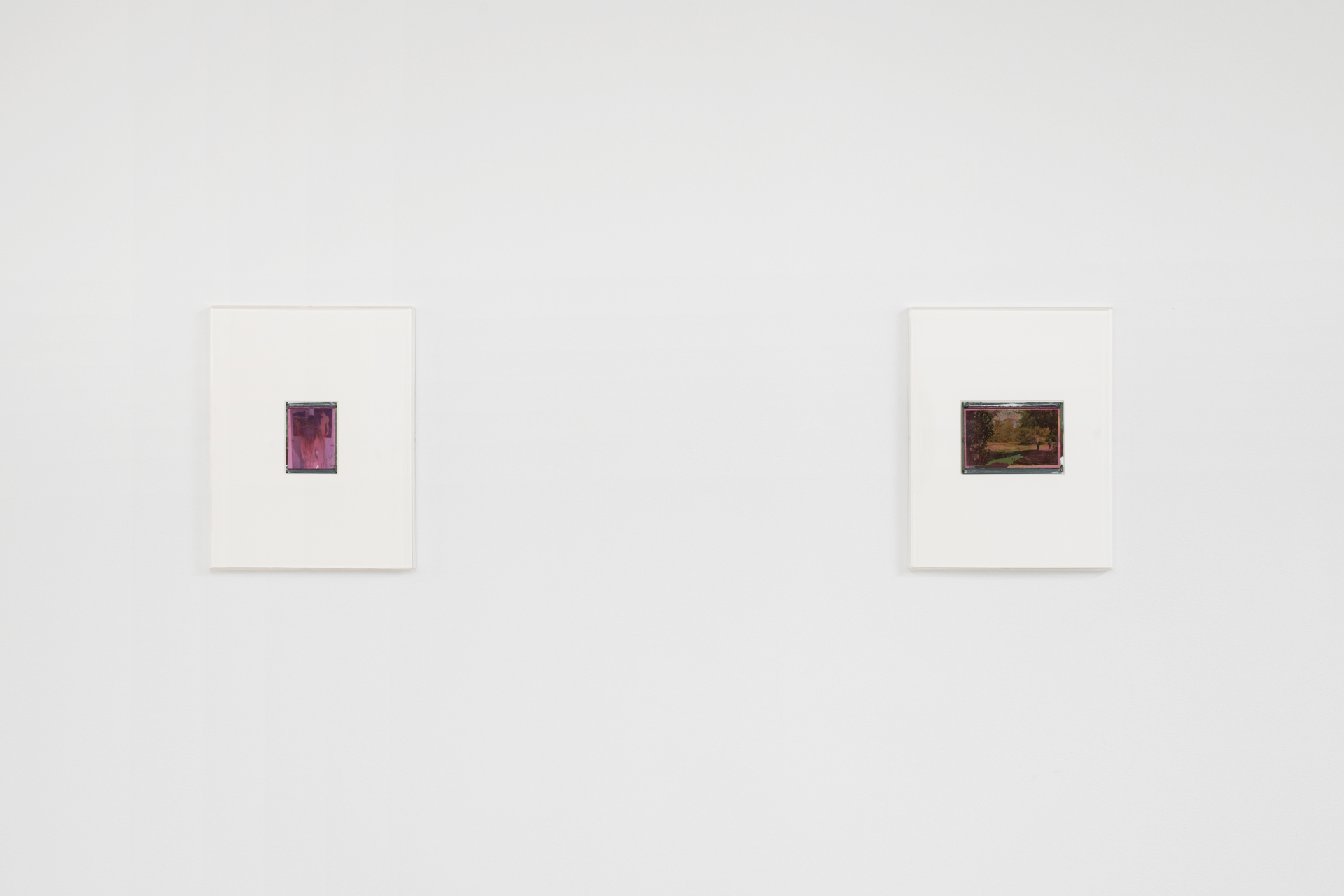

Julien Carreyn, ii (135), Maguelone, 2023, mixed media, perspex artist frame, 7,5 × 5,4 cm (28,5 × 22 cm framed)
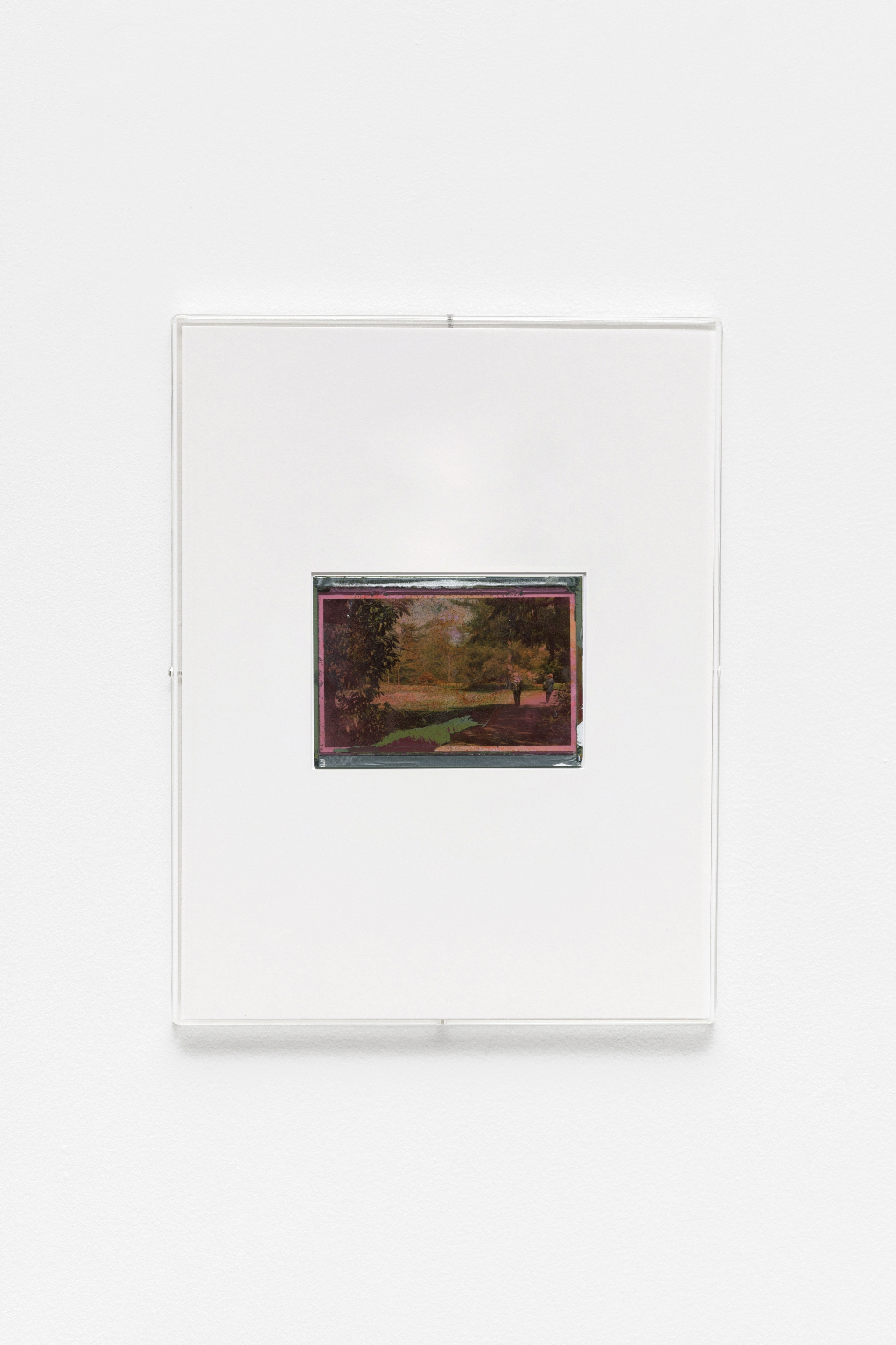
Julien Carreyn, ii (138), Bagatelle, 2023, mixed media, perspex artist frame, 7,5 × 10,9 cm (28,5 × 22 cm framed)

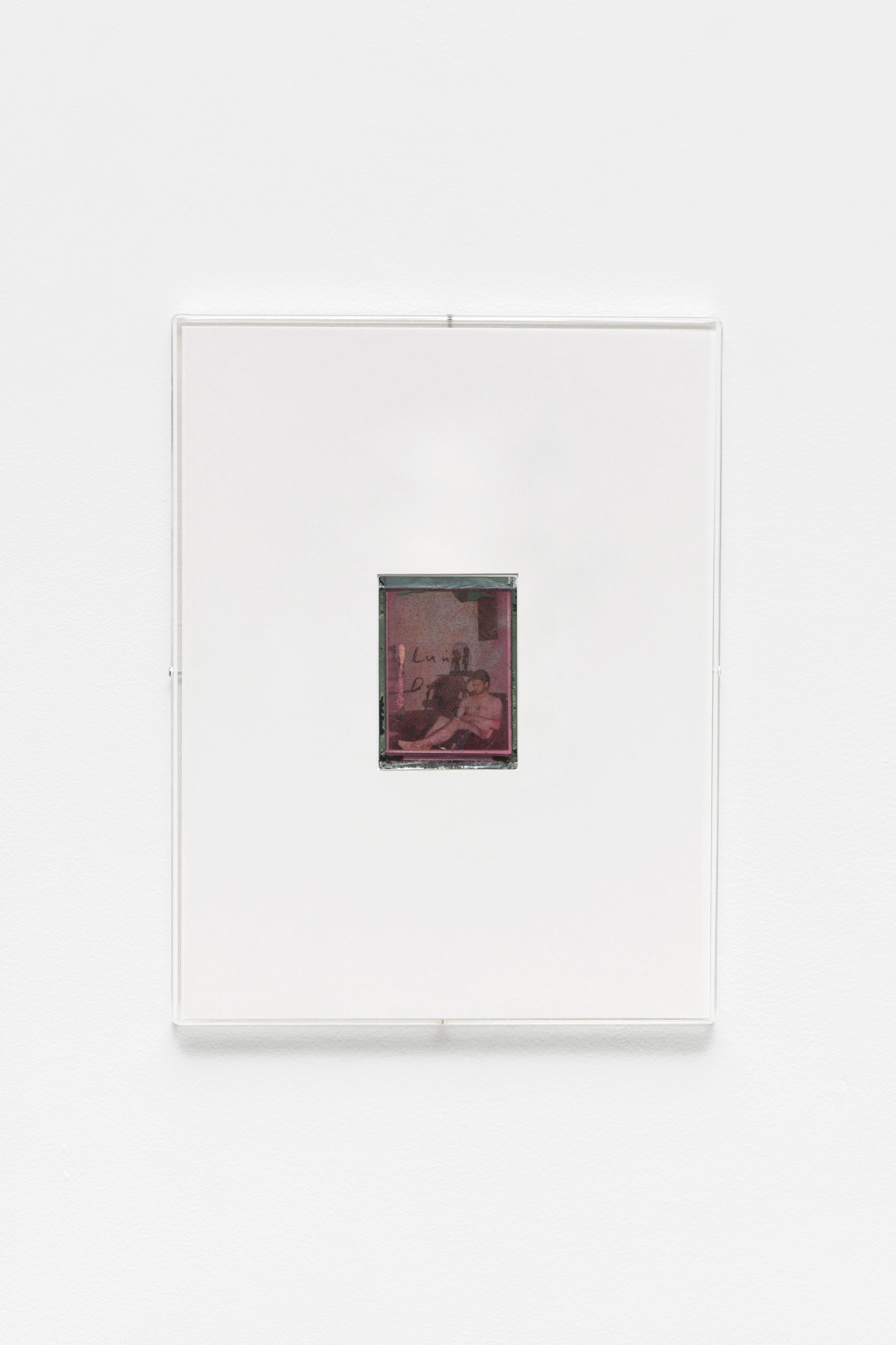
Julien Carreyn, ii (154), 2023, mixed media, perspex artist frame, 7,6 × 5,5 cm (28,5 × 22 cm framed)
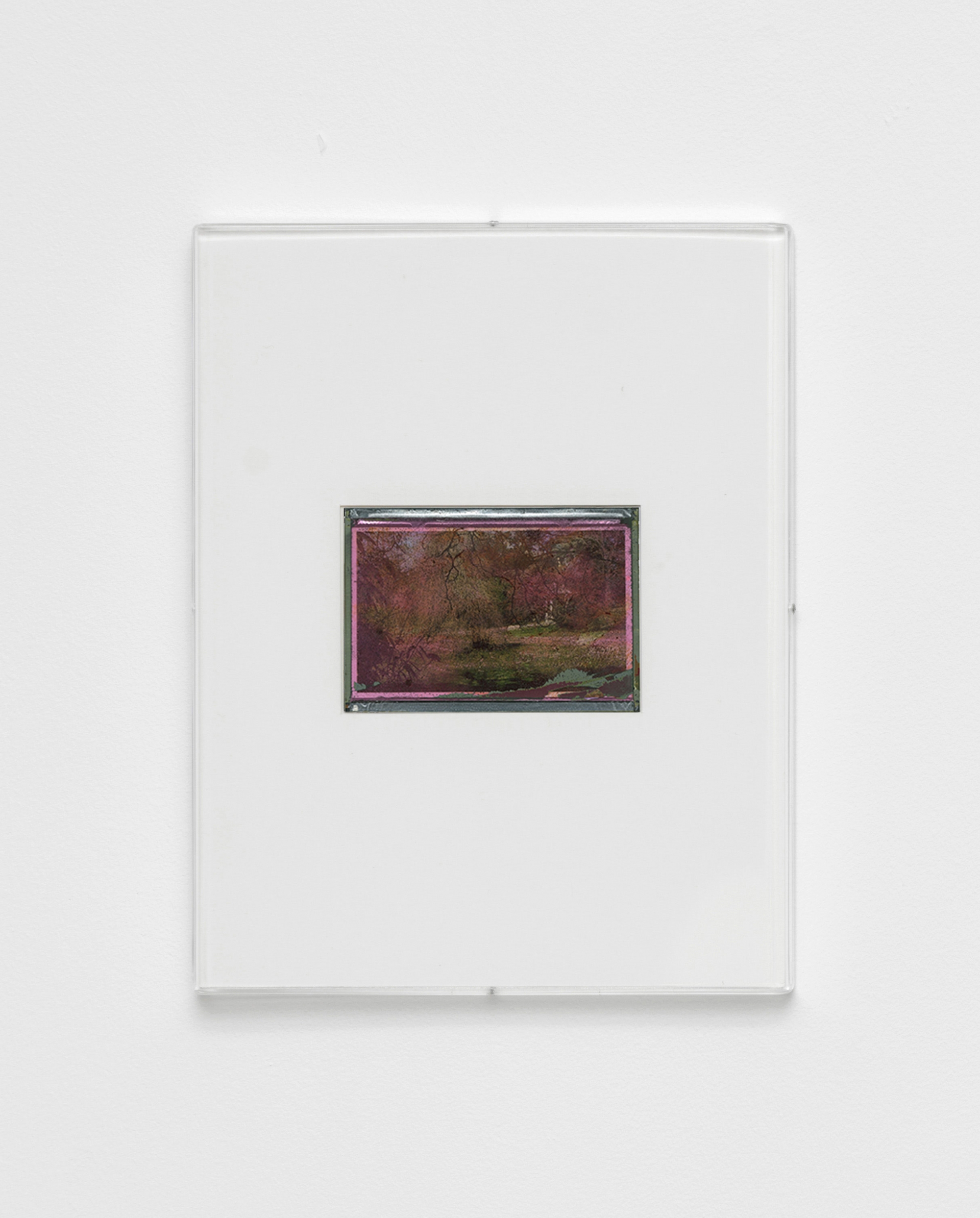
Julien Carreyn, ii (129), 2022, mixed media, perspex artist frame, 7,7 × 10,8 cm (28,5 × 22 cm framed)

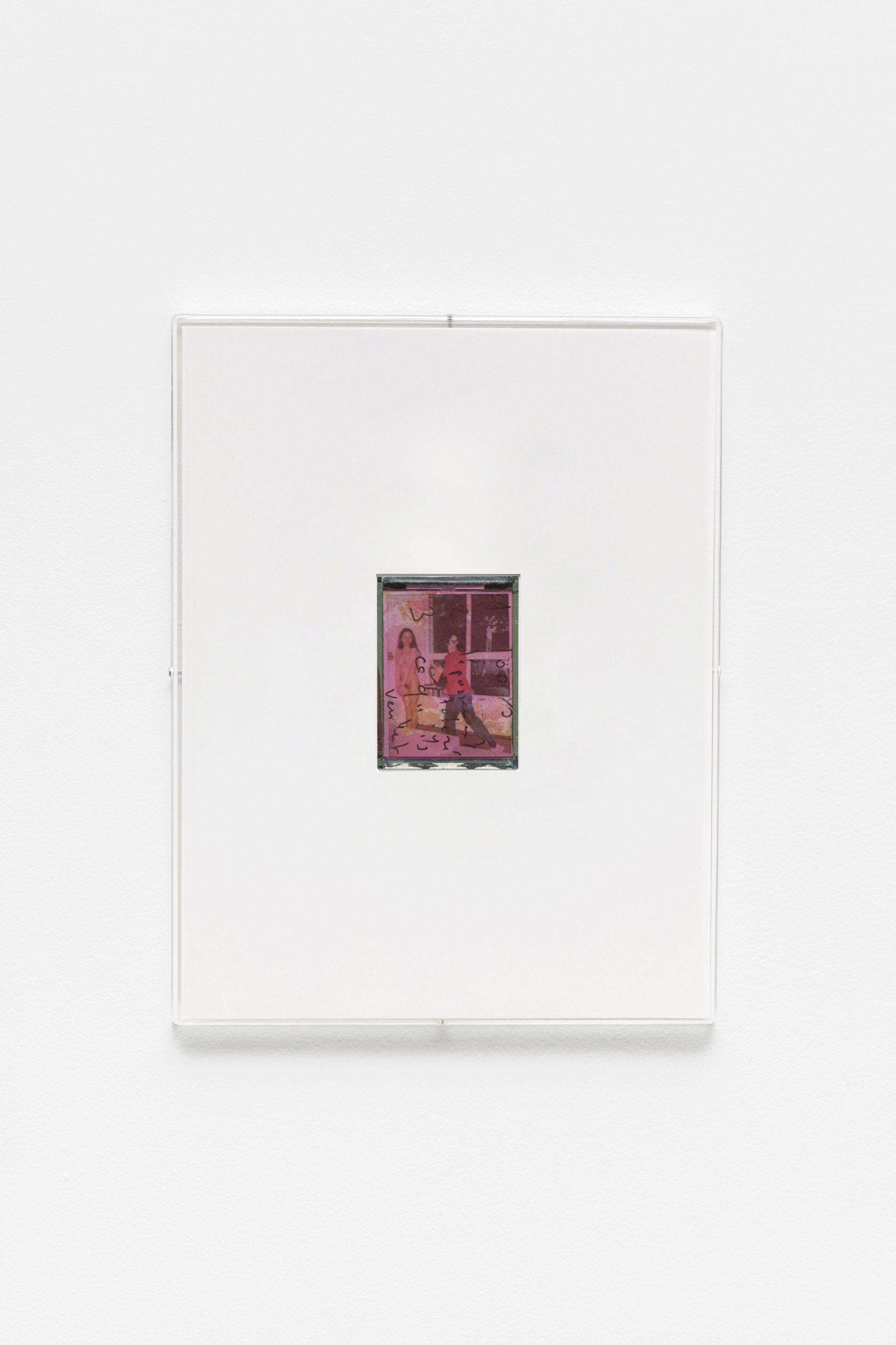
Julien Carreyn, ii (134), Maguelone, 2023, mixed media, perspex artist frame, 7,5 × 5,4 cm (28,5 × 22 cm framed)
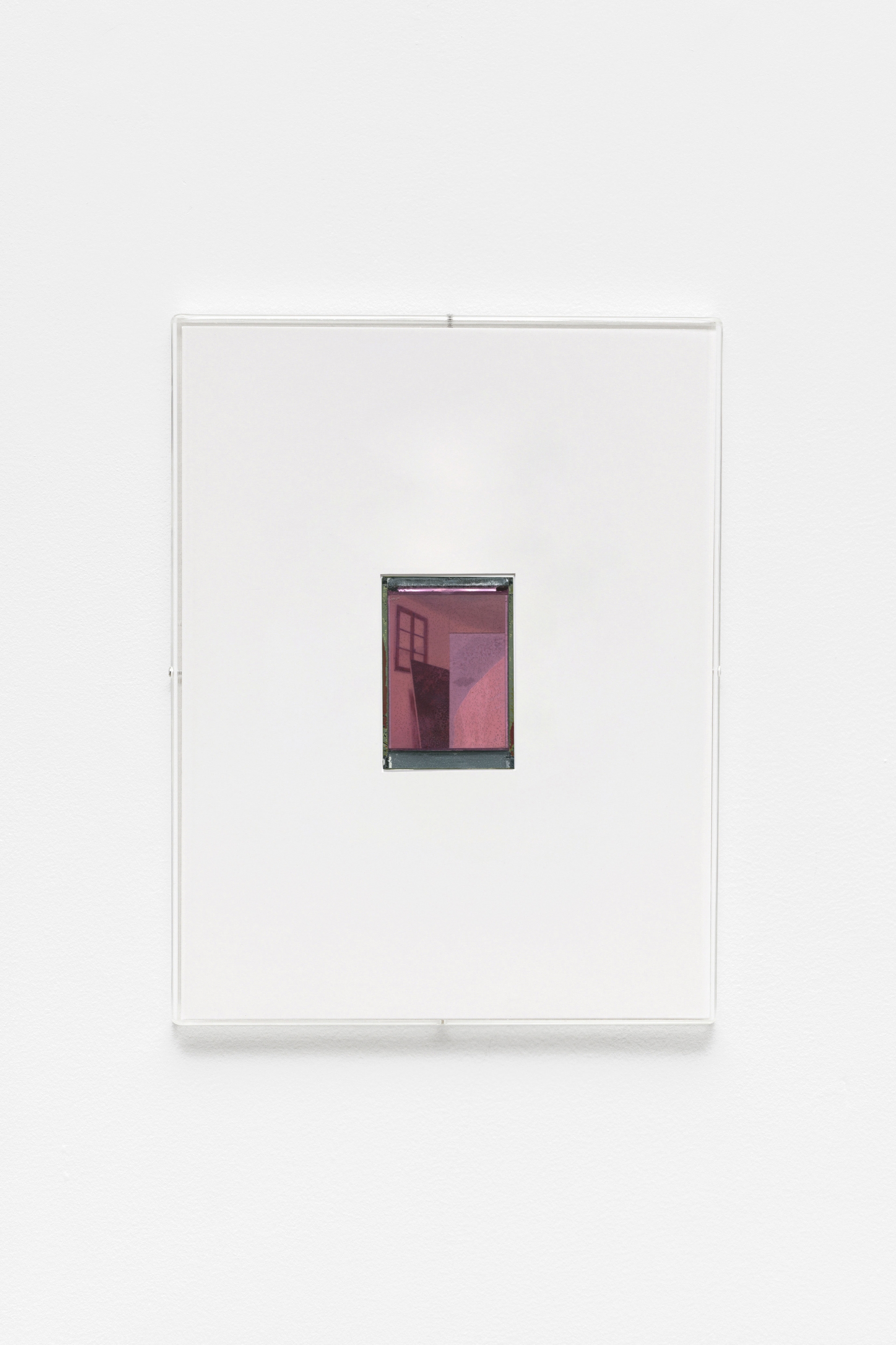
Julien Carreyn, ii (157), 2023, mixed media, perspex artist frame, 7,8 × 5,5 cm (28,5 × 22 cm framed)
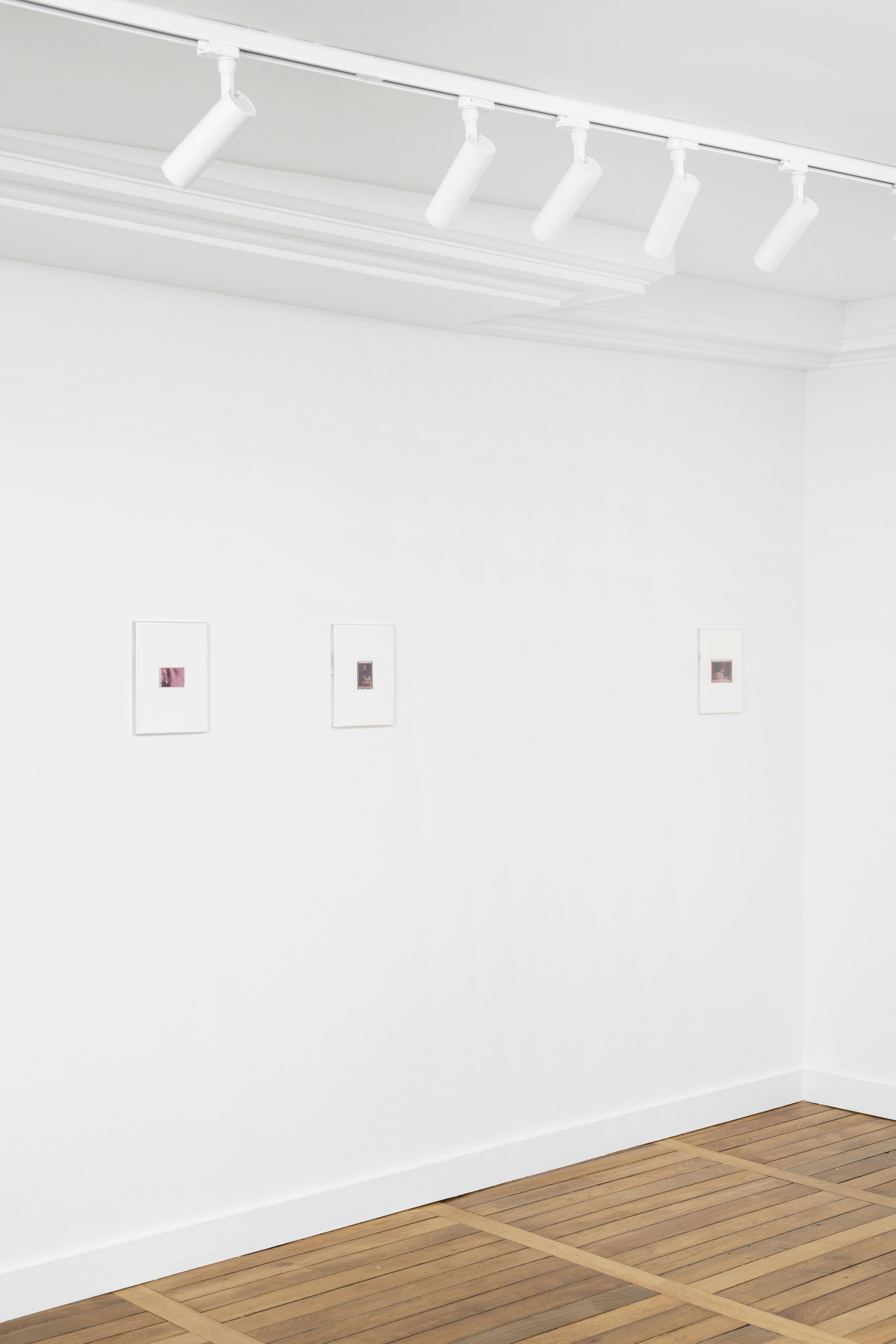

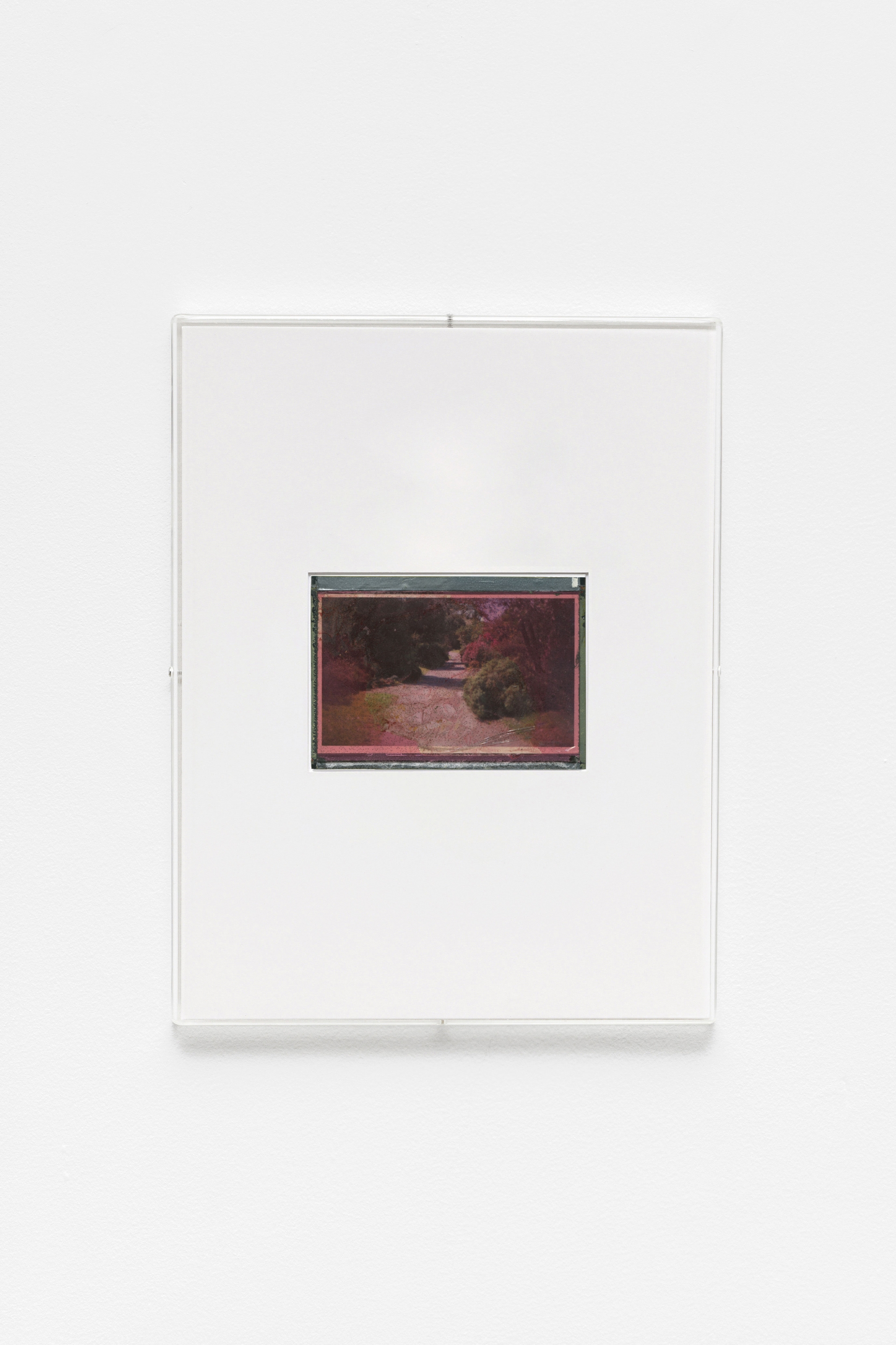
Julien Carreyn, ii (141), Bagatelle, 2023, mixed media, perspex artist frame, 7,5 × 10,9 cm (28,5 × 22 cm framed)

Julien Carreyn, ii (142), 2023, mixed media, perspex artist frame, 7,5 × 10,9 cm (28,5 × 22 cm framed)


Julien Carreyn, ii (156), 2023, mixed media, perspex artist frame, 5 × 7,8 cm (28,5 × 22 cm framed)
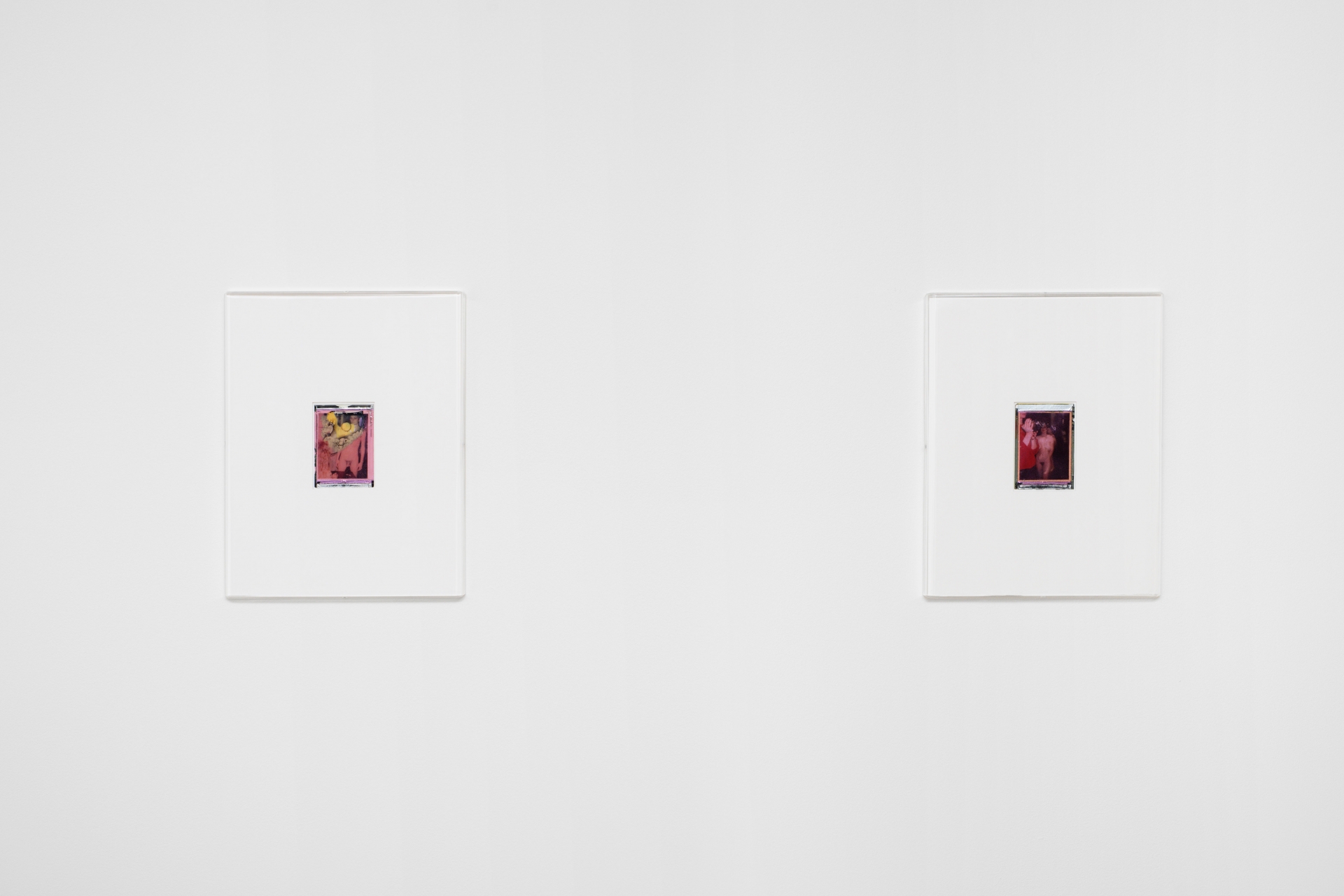
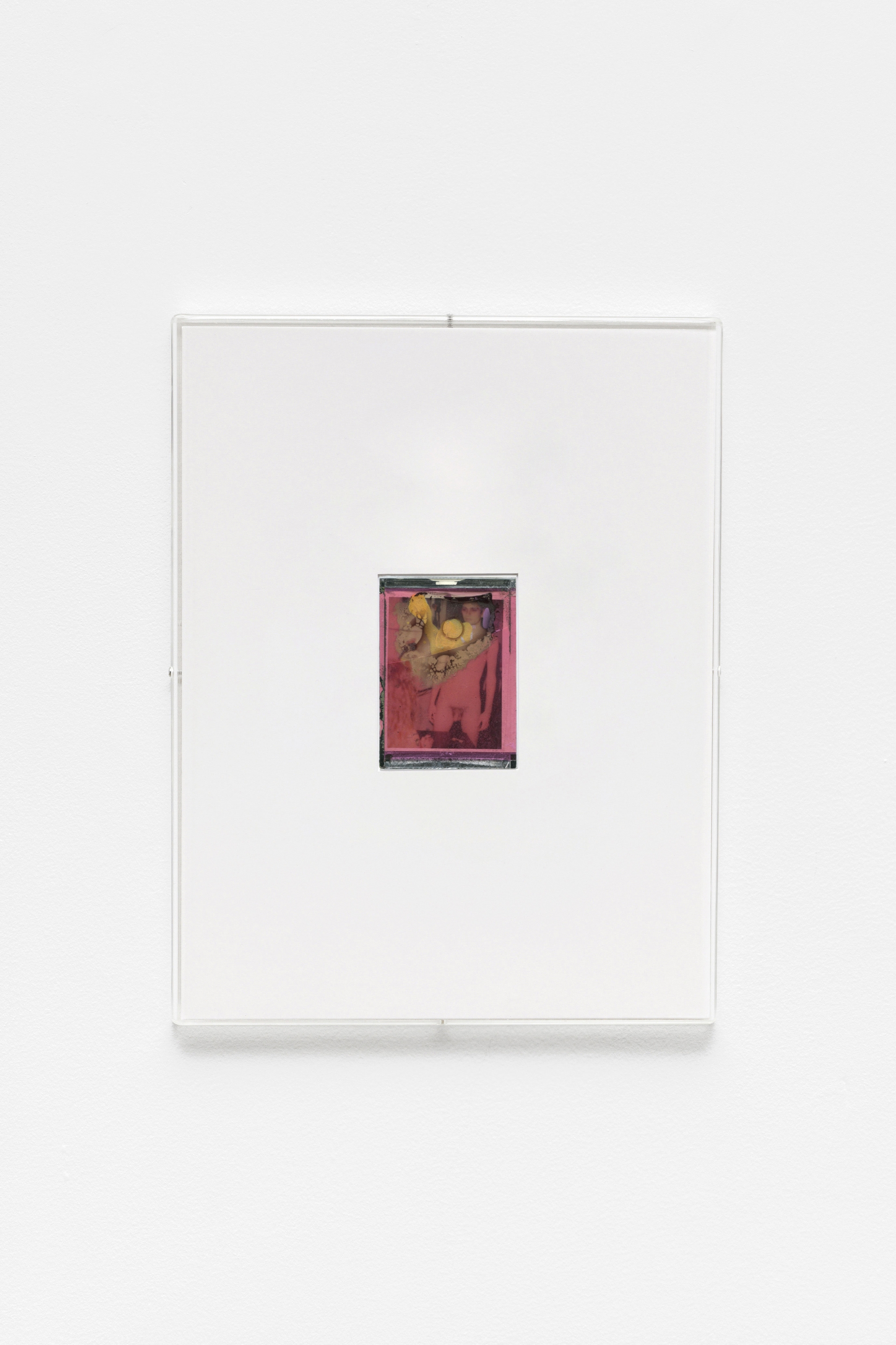
Julien Carreyn, ii (152), 2023, mixed media, perspex artist frame, 7,7 × 5,4 cm (28,5 × 22 cm framed)
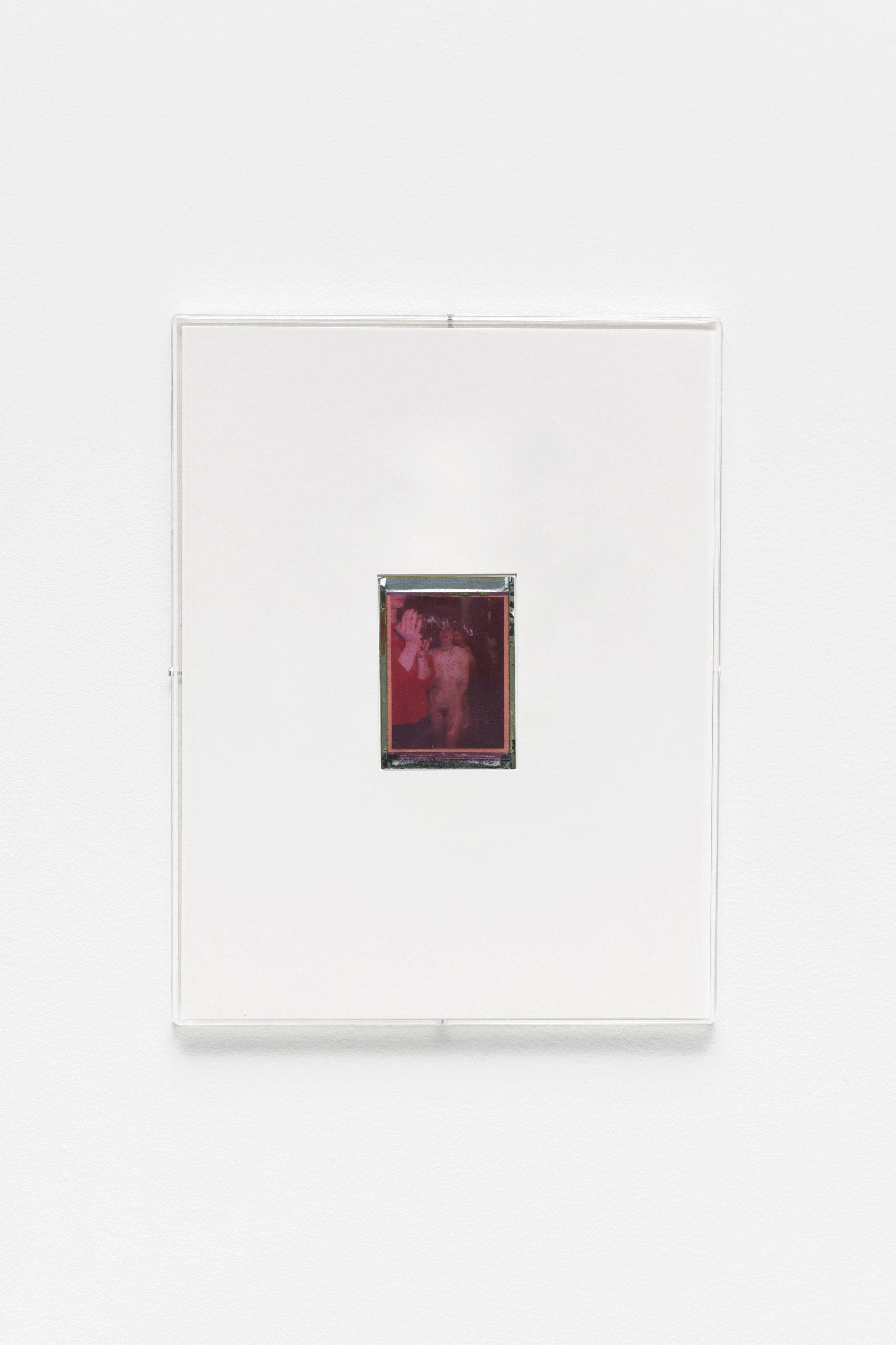
Julien Carreyn, ii (147), 2023, mixed media, perspex artist frame, 7,8 × 5,5 cm (28,5 × 22 cm framed)
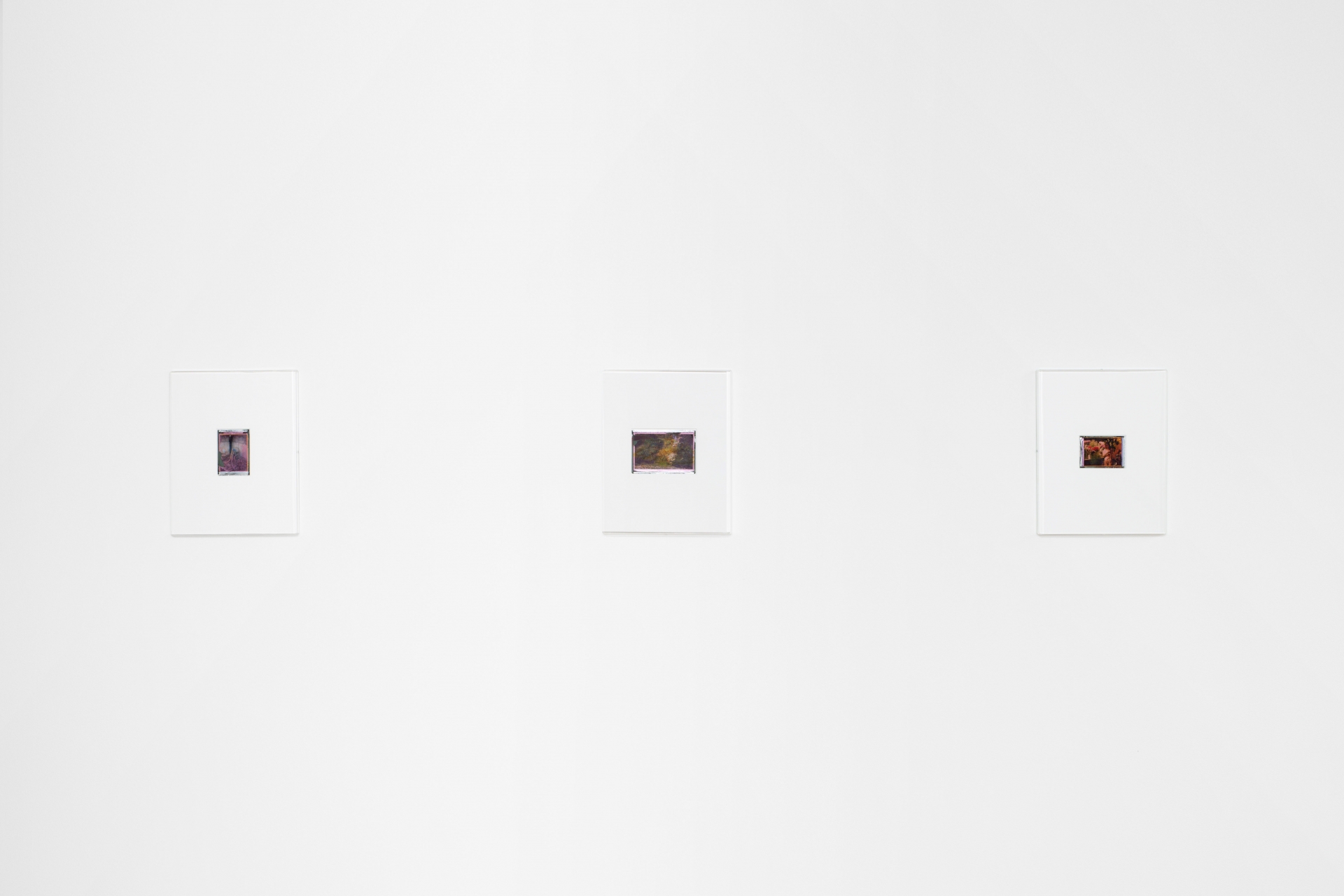

Julien Carreyn, ii (148), 2023, mixed media, perspex artist frame, 7,8 × 5,5 cm (28,5 × 22 cm framed)

Julien Carreyn, ii (136), Bagatelle, 2023, mixed media, perspex artist frame, 7,5 × 10,9 cm (28,5 × 22 cm framed)

Julien Carreyn, ii (153), NFF, 2023, mixed media, perspex artist frame, 5,4 × 7,7 cm (28,5 × 22 cm framed)
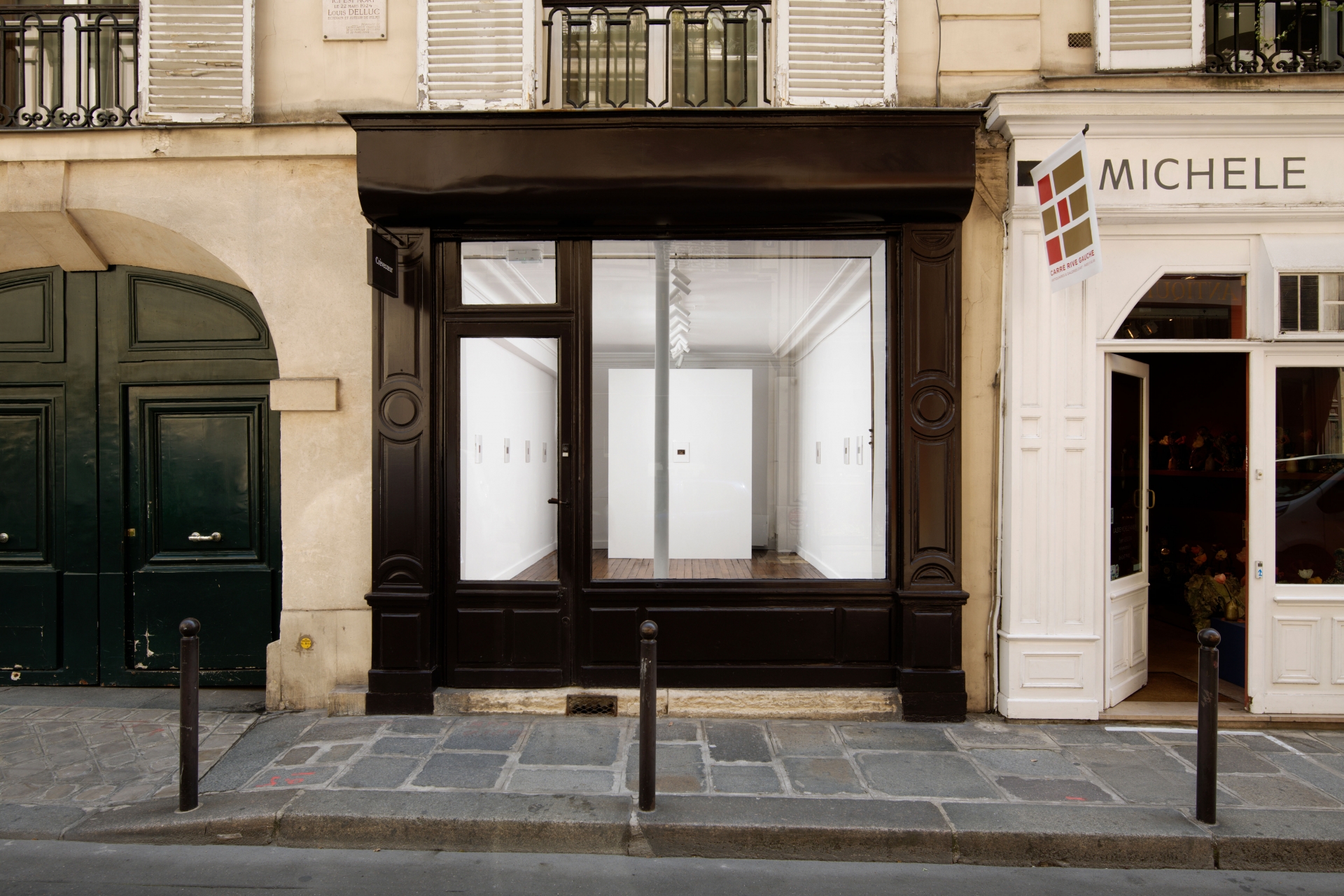
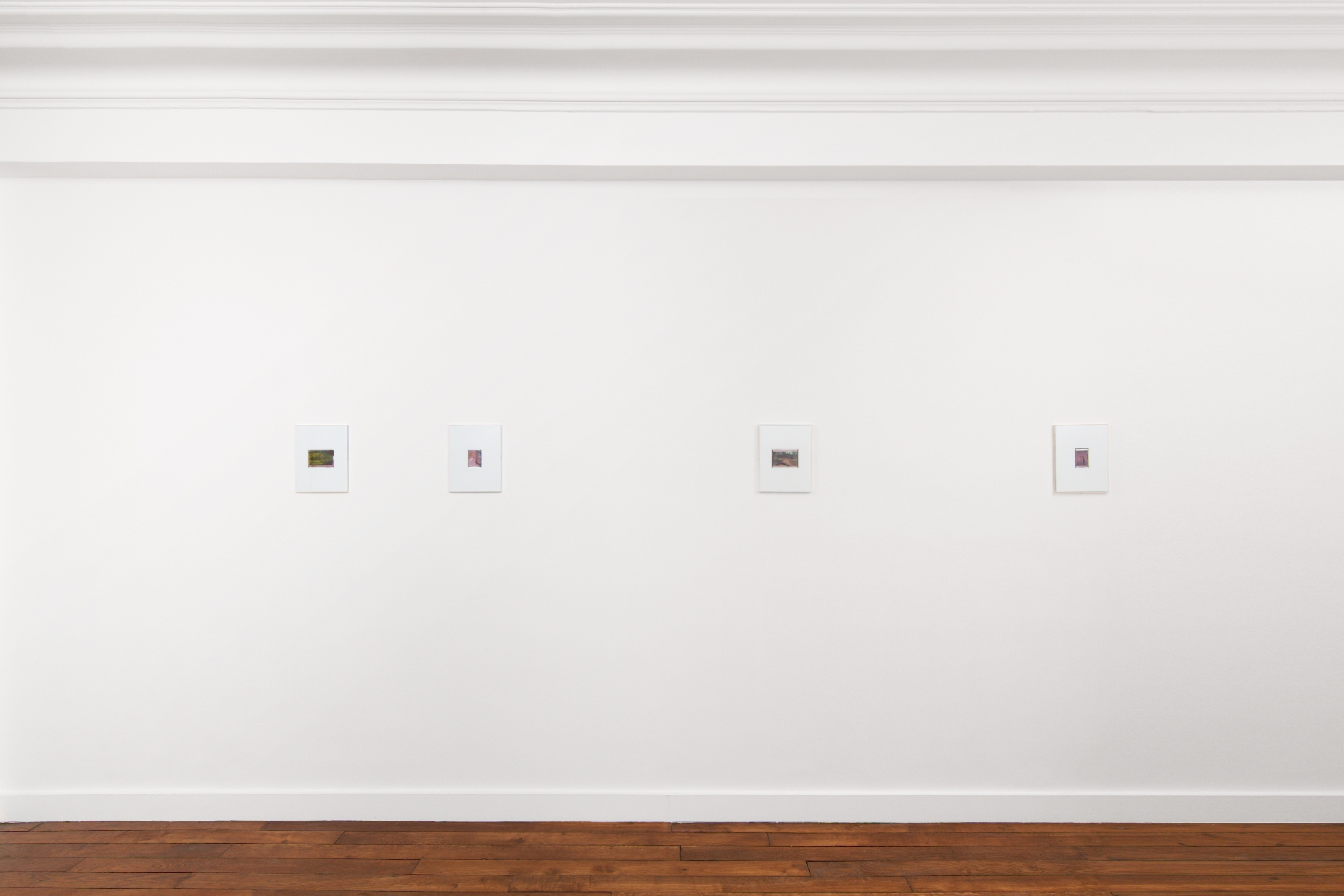

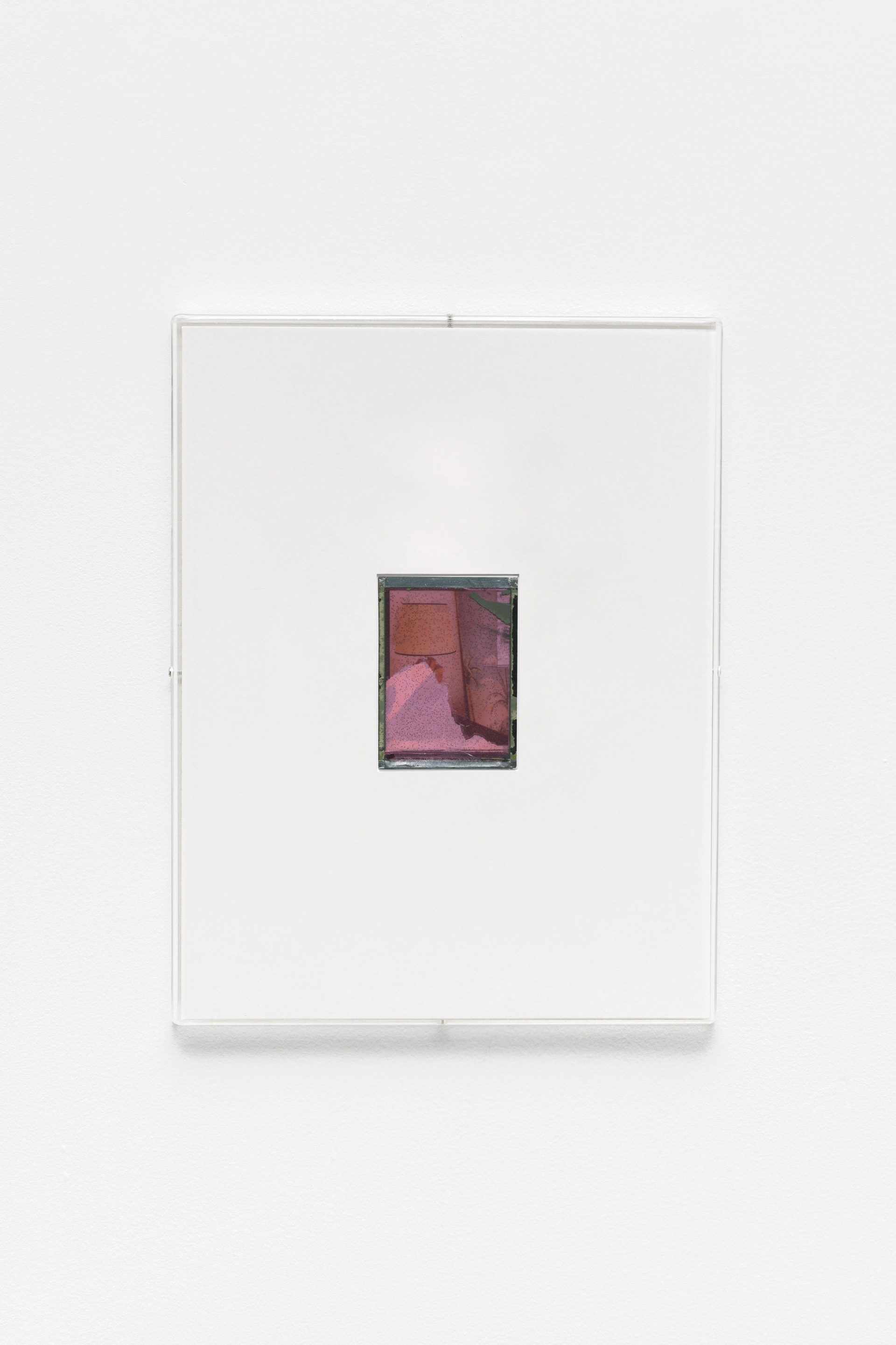
Julien Carreyn, ii (131), Clerc, 2023, mixed media, perspex artist frame, 7,8 × 5,5 cm (28,5 × 22 cm framed)
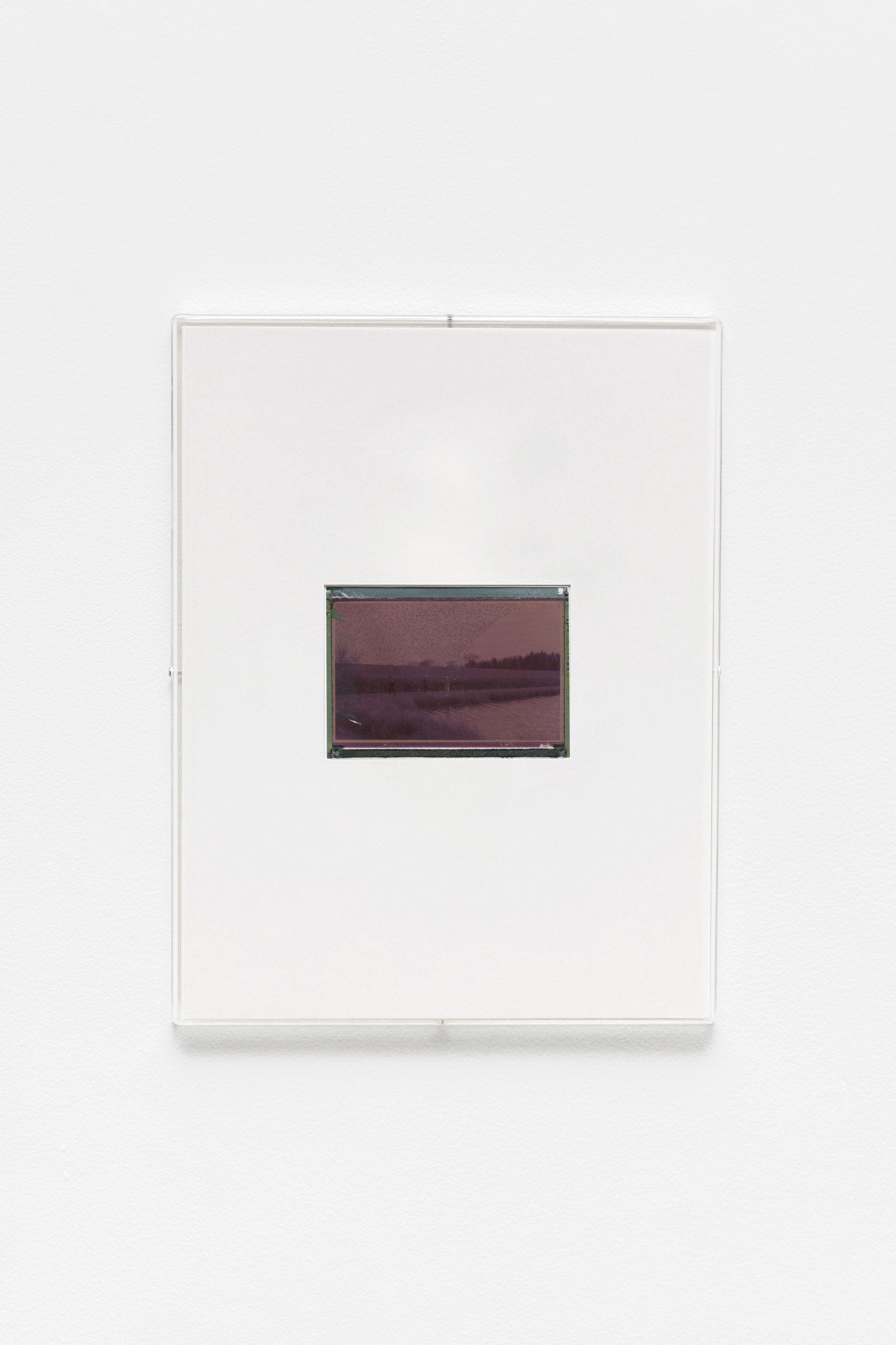
Julien Carreyn, ii (172), 2023, mixed media, perspex artist frame, 8,6 × 10,9 cm (28,5 × 22 cm framed)
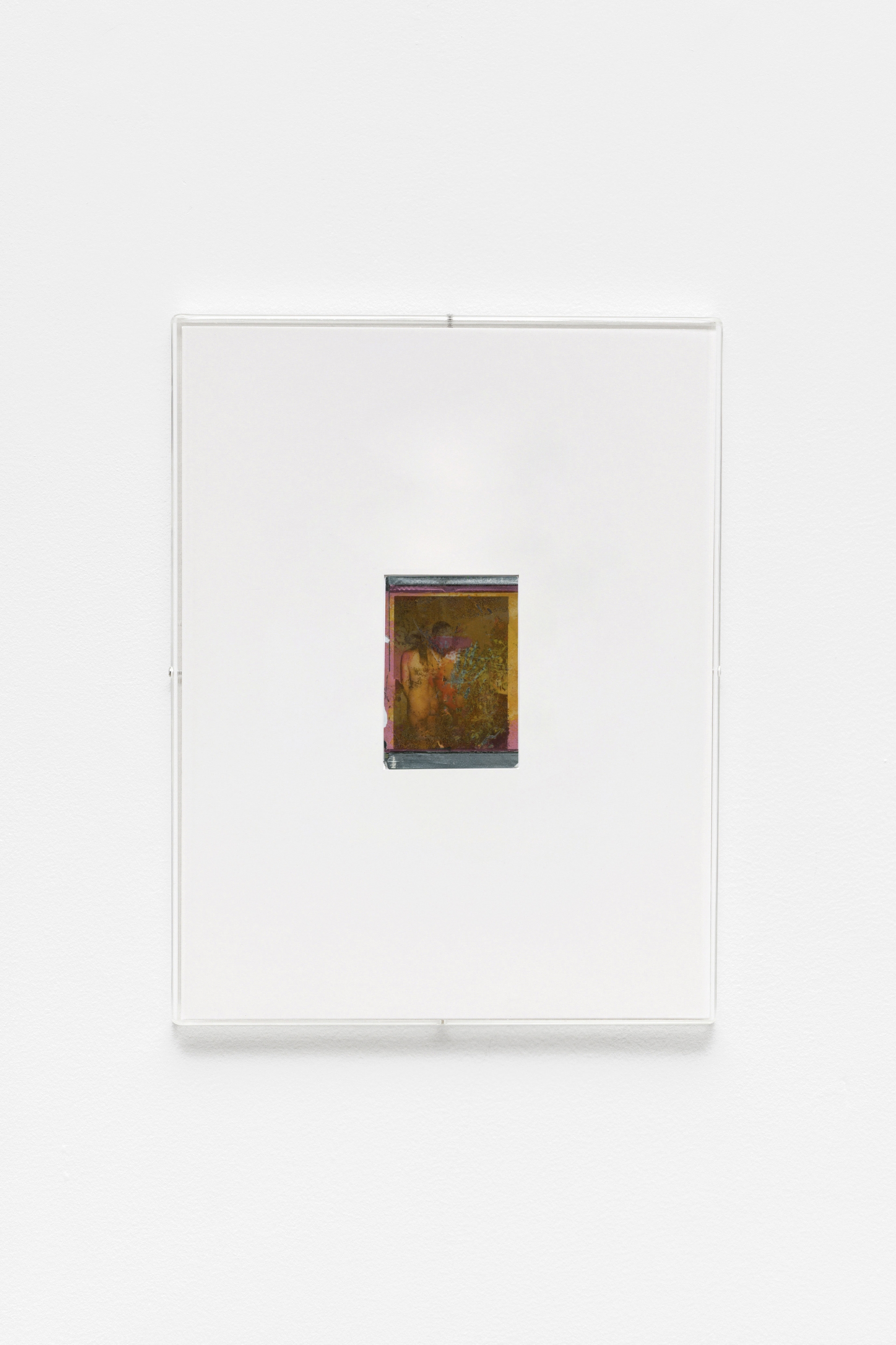
Julien Carreyn, ii (140), NFF, 2023, mixed media, perspex artist frame, 7,7 × 5,5 cm (28,5 × 22 cm framed)
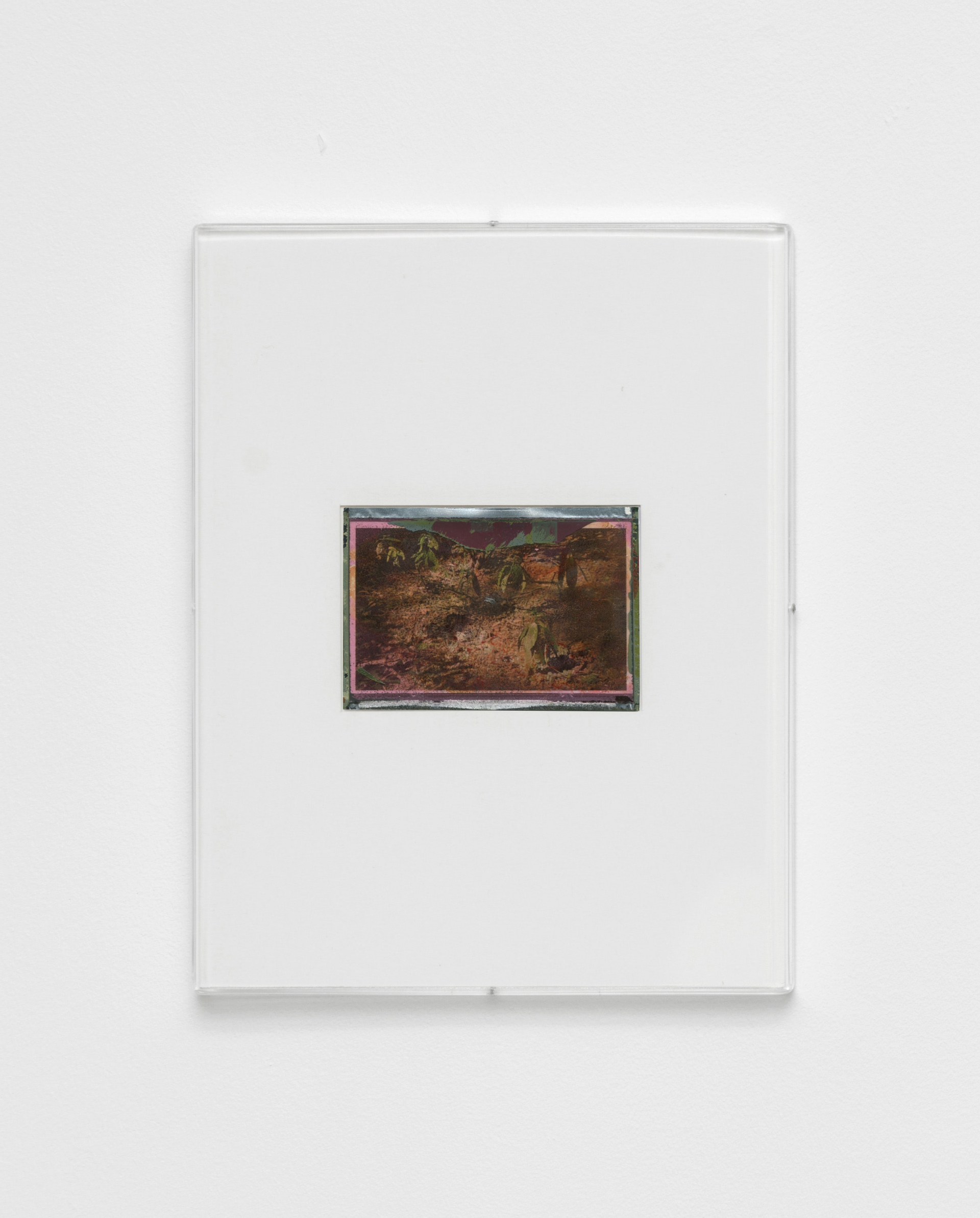
Julien Carreyn, ii (120), Bagatelle, 2022, mixed media, perspex artist frame, 7,7 × 10,8 cm (28,5 × 22 cm framed)
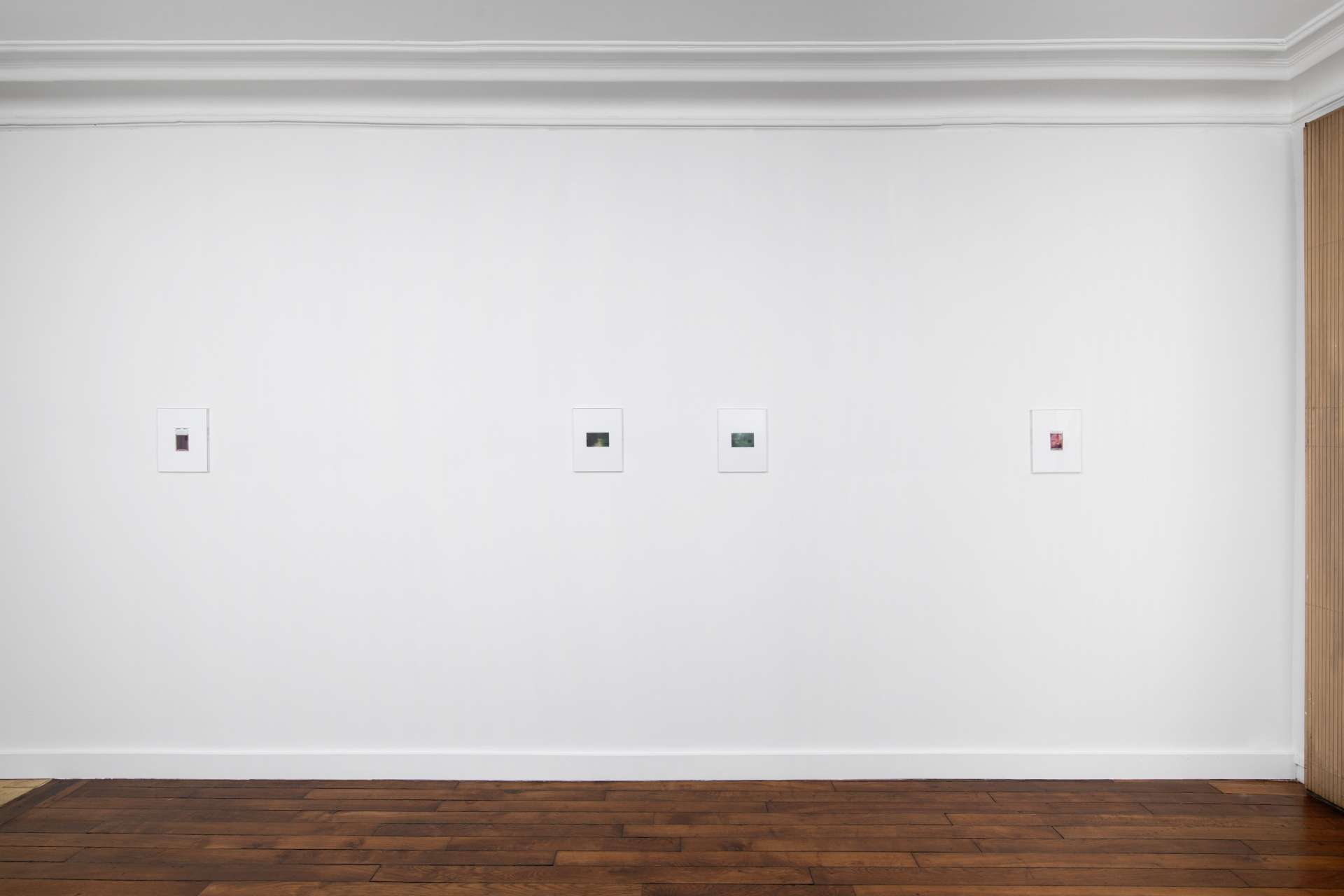

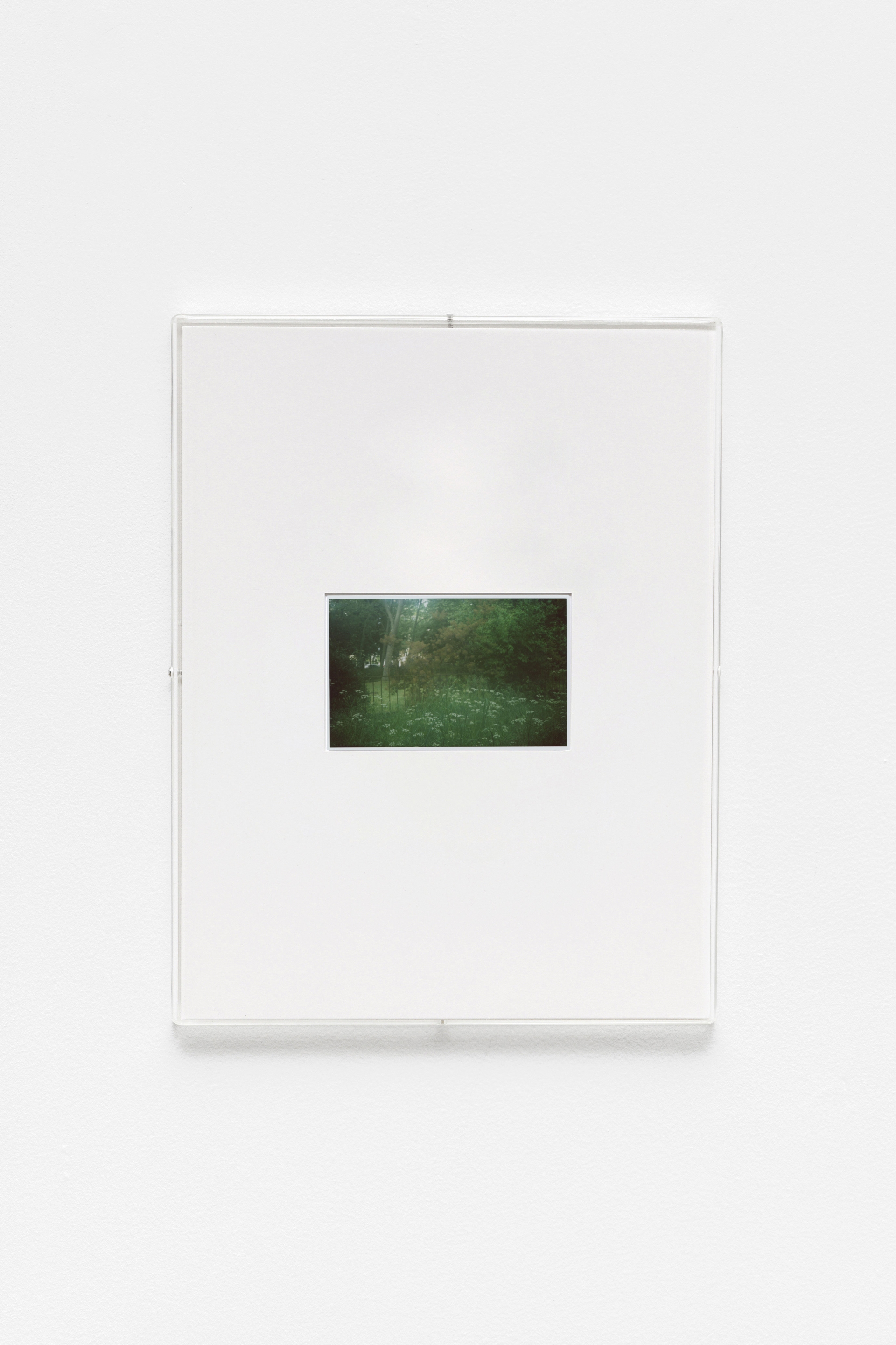
Julien Carreyn, ii (170), L’ennui du Bois de Boulogne, 2023, mixed media, perspex artist frame, 8,6 × 10,9 cm (28,5 × 22 cm framed)
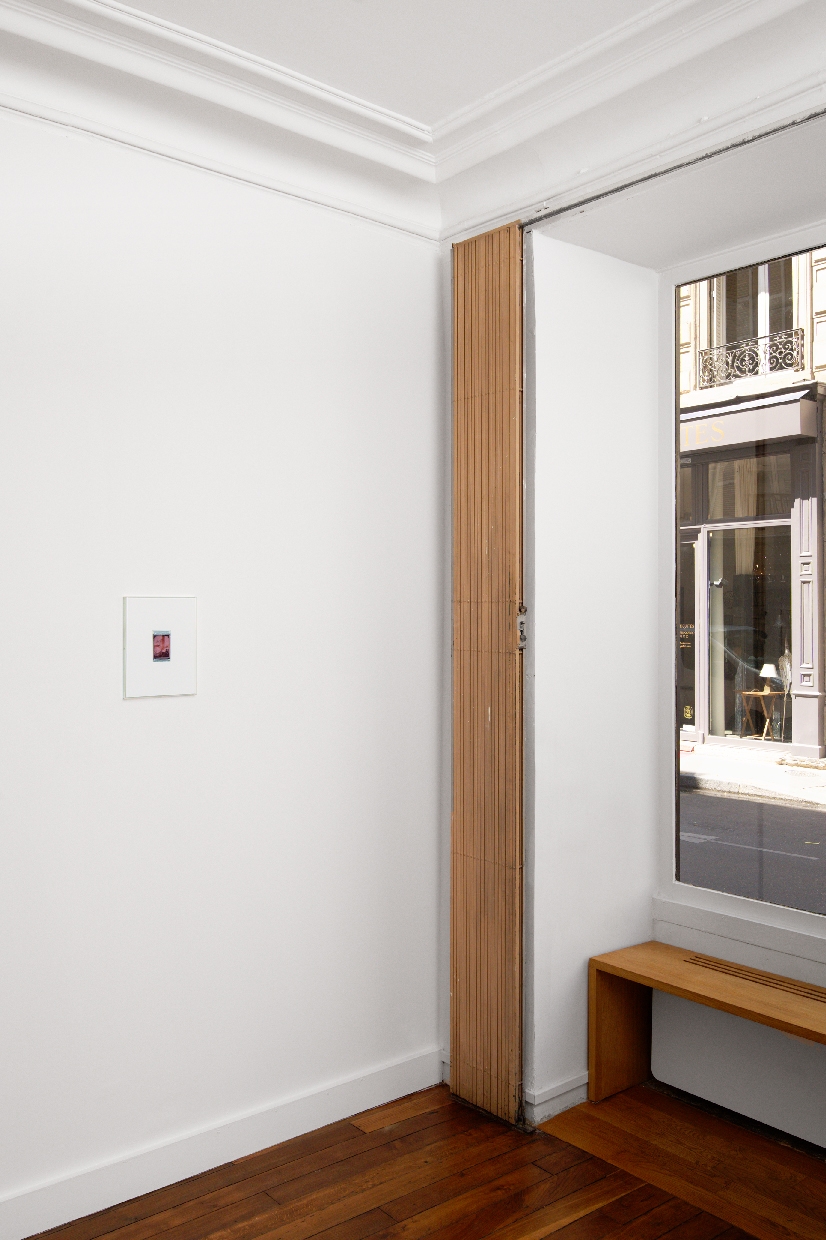
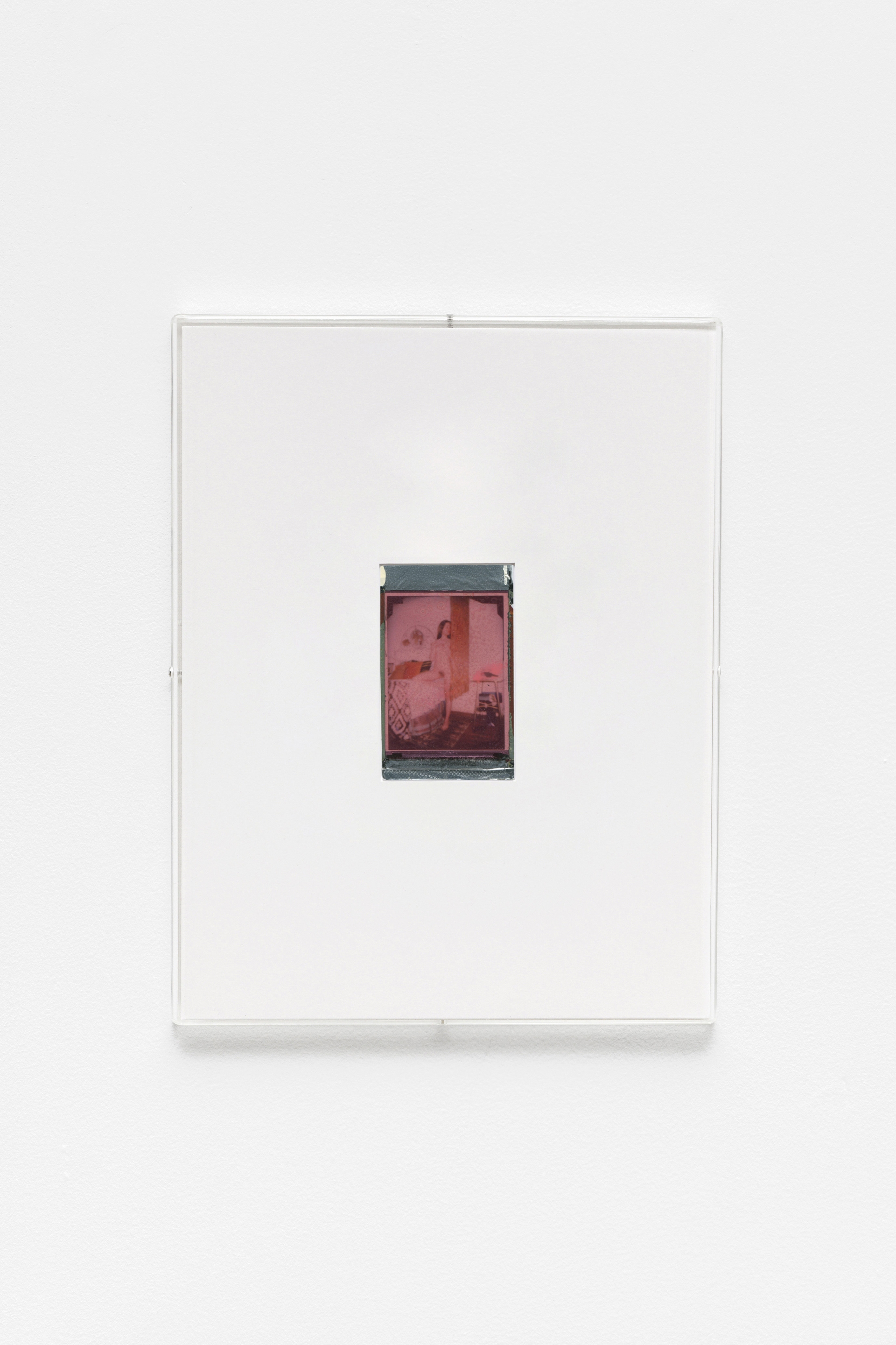
Julien Carreyn, ii (132), Maguelone, 2023, mixed media, perspex artist frame, 8,7 × 5,4 cm (28,5 × 22 cm framed)
Exhibition views — Photo: Aurélien Mole
PARIS — Cascades
9 rue des Cascades
75 020 Paris – France
from Tue. to Fri.: 10 a.m. to 6 p.m.
Sat.: 11 a.m. to 7 p.m.
and by appointment
PARIS — Beaune
5 & 7 rue de Beaune
75 007 Paris – France
from Tue. to Fri.: 10 a.m. to 6 p.m.
Sat.: 11 a.m. to 7 p.m.
and by appointment
Contact
PARIS — CASCADES: +33 (0)9 54 57 31 26
PARIS — BEAUNE: +33 (0)9 62 64 38 84
info@galeriecrevecoeur.com